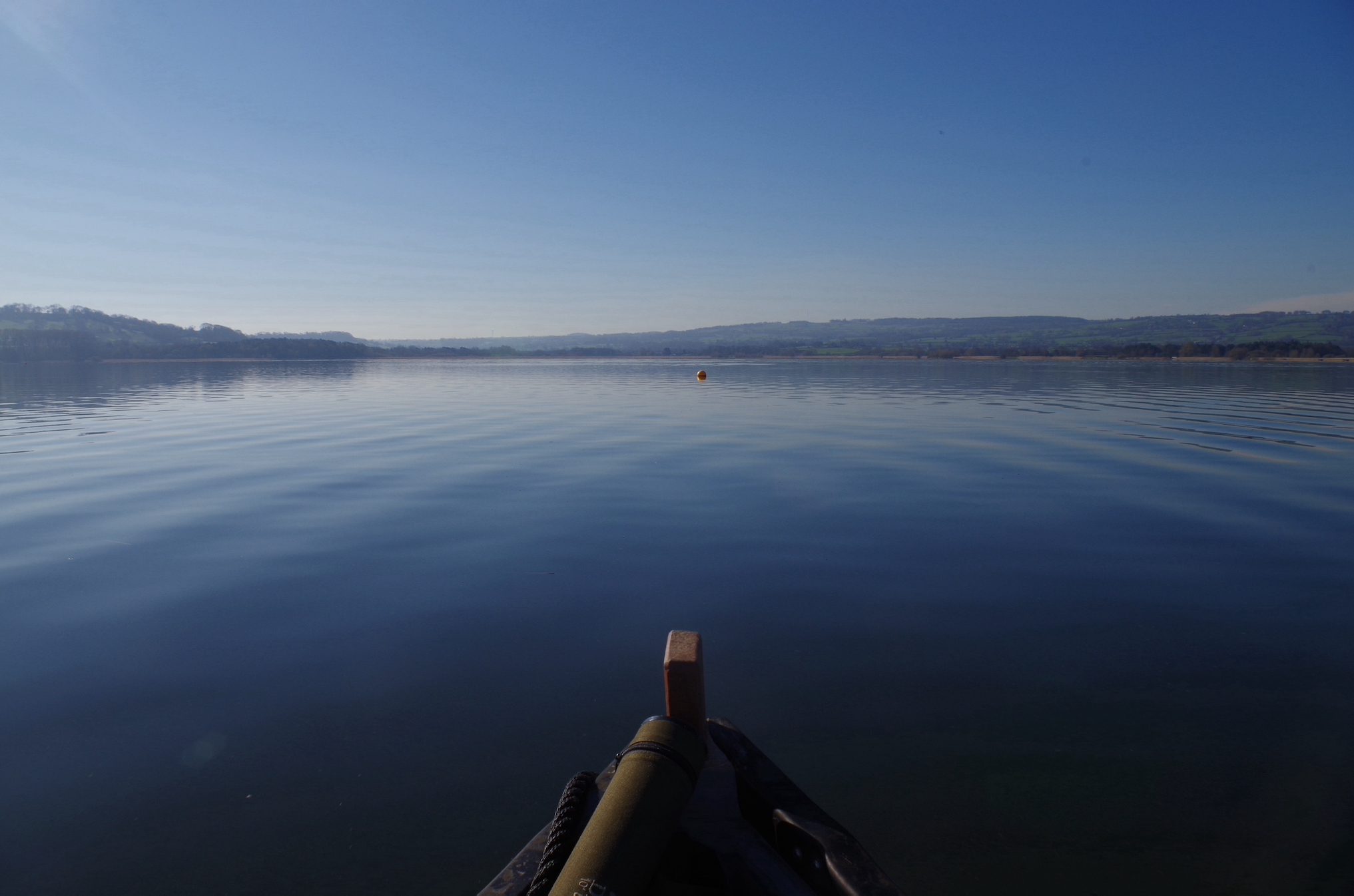
Compiling reports for NDANs I see lots of images of good fish and stories of success and these can inspire but can also raise expectations leading to disappointing days. I feel sure I am not the only one who sometimes sets out full of expectation and ends the day feeling slightly deflated.
In my case this disillusionment doesn’t last long for I know that if I keep at it long enough something good will come my way. Basically, effort equals reward and if you can afford to invest time and a little thought good things will eventually happen.
I have enjoyed a few non-productive days recently, fish caught wise anyway. There is generally a positive to be drawn from less productive days in the nature that surrounds or the company that is kept.
I have already swung a fly across the River on numerous occasions in search of salmon and have learnt to accept blank outings as the normal. The salmon just are not present in any numbers so all you can do is believe in the fly and present it to the best of your ability in the places that salmon are known to rest on their migration upriver.
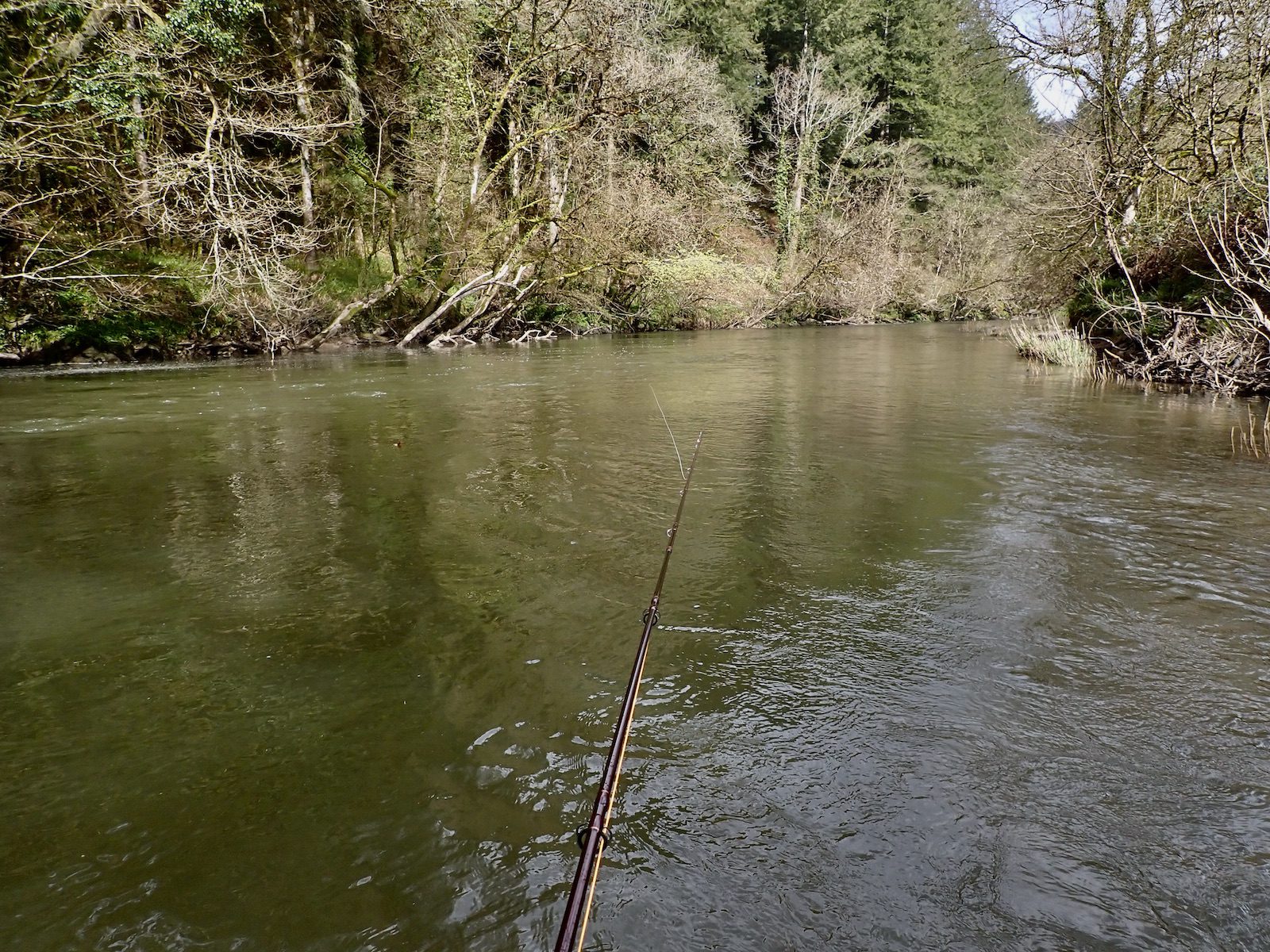
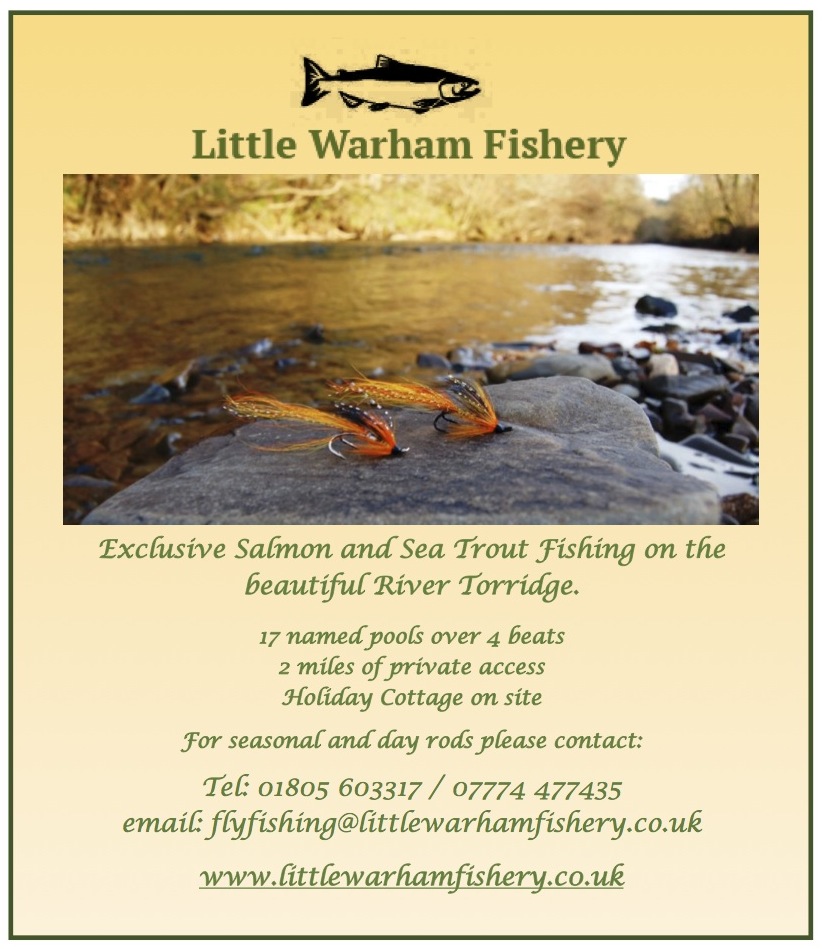
A trip to Chew Valley Lake with my good friend Bruce Elston in early April proved a frustrating day. We set out on a mirror calm lake after a Full English in the Lodge. With bright sunshine and only a light- breeze we knew it was going to be hard going. Plus; we didn’t know what mode the pike would be in pre or post spawning? Local guide John Horsey told us he had seen some big fish but that they were proving fickle following the fly and then turning away.
The mighty Chew holds a certain fascination as the next cast can always bring the fish of dreams.
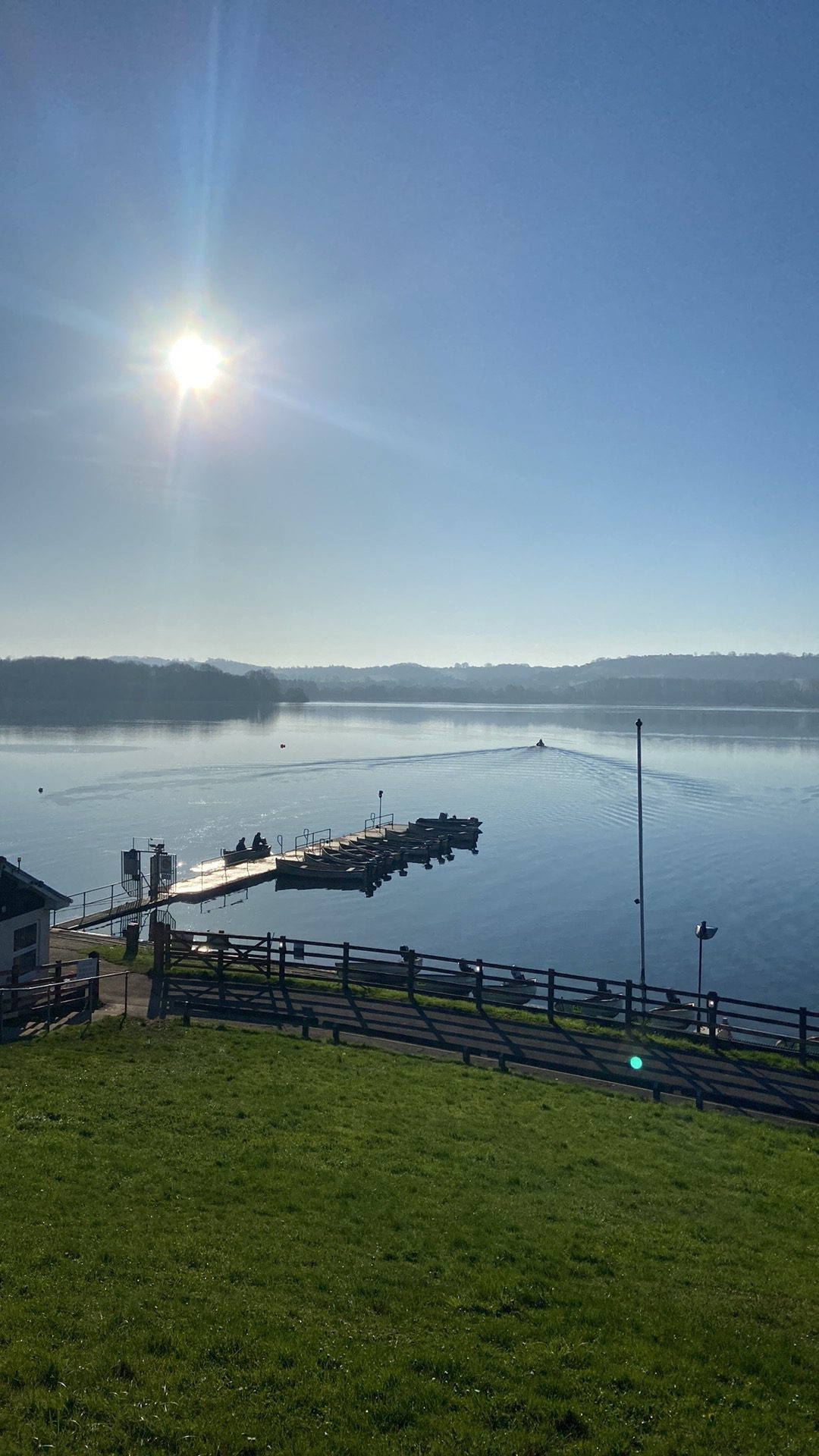
We drifted the water extensively that day. Twenty pound plus pike followed our flies; glimpses in the clear water that failed to connect.
We took a short break from the piking to have rest and tempt a trout on a buzzer.
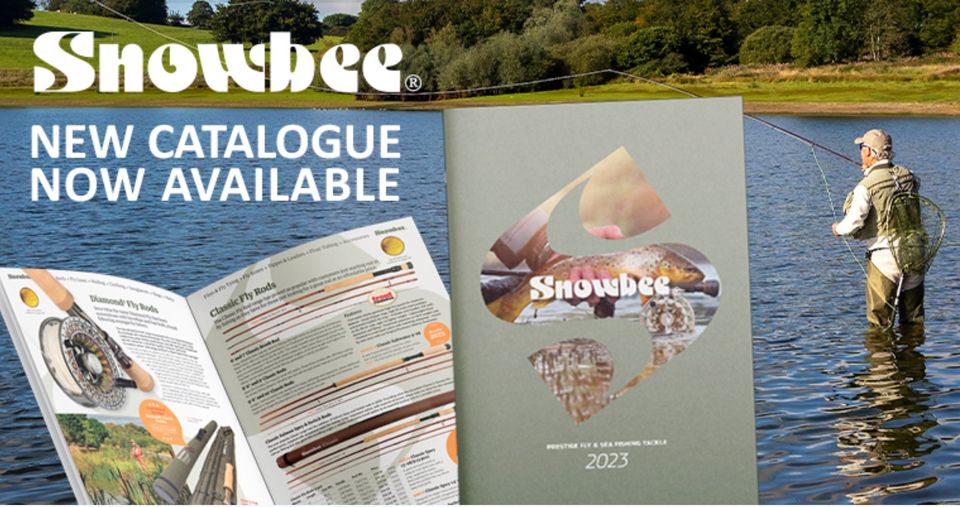
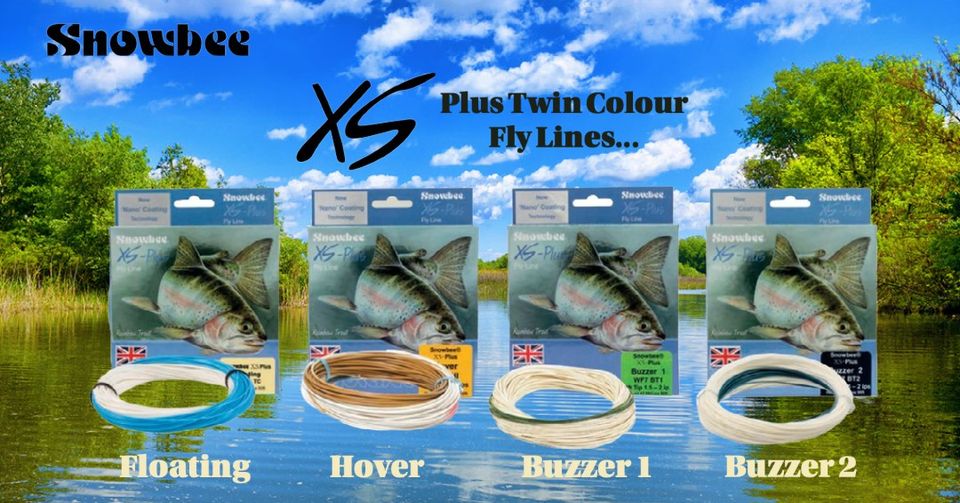
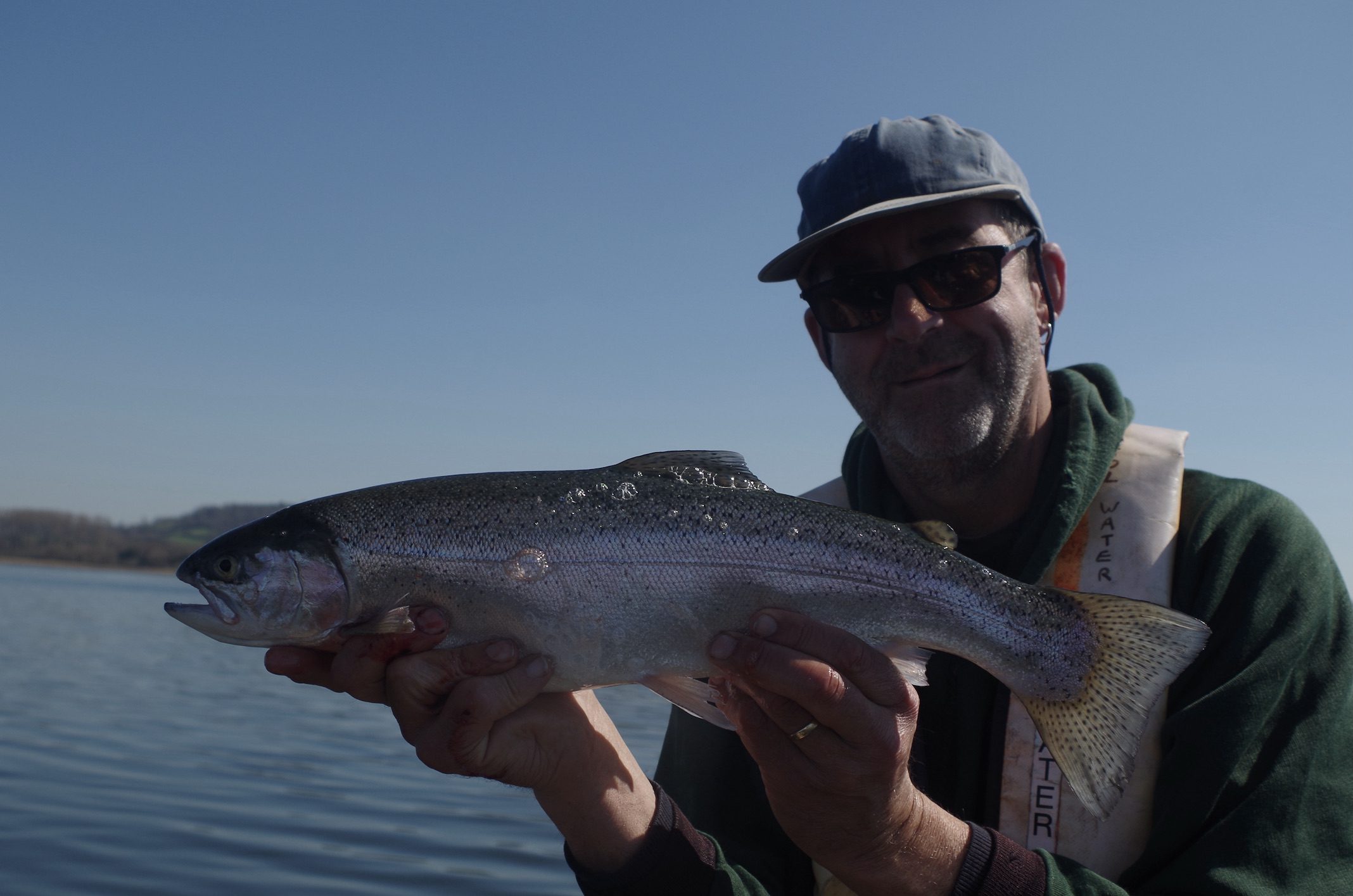
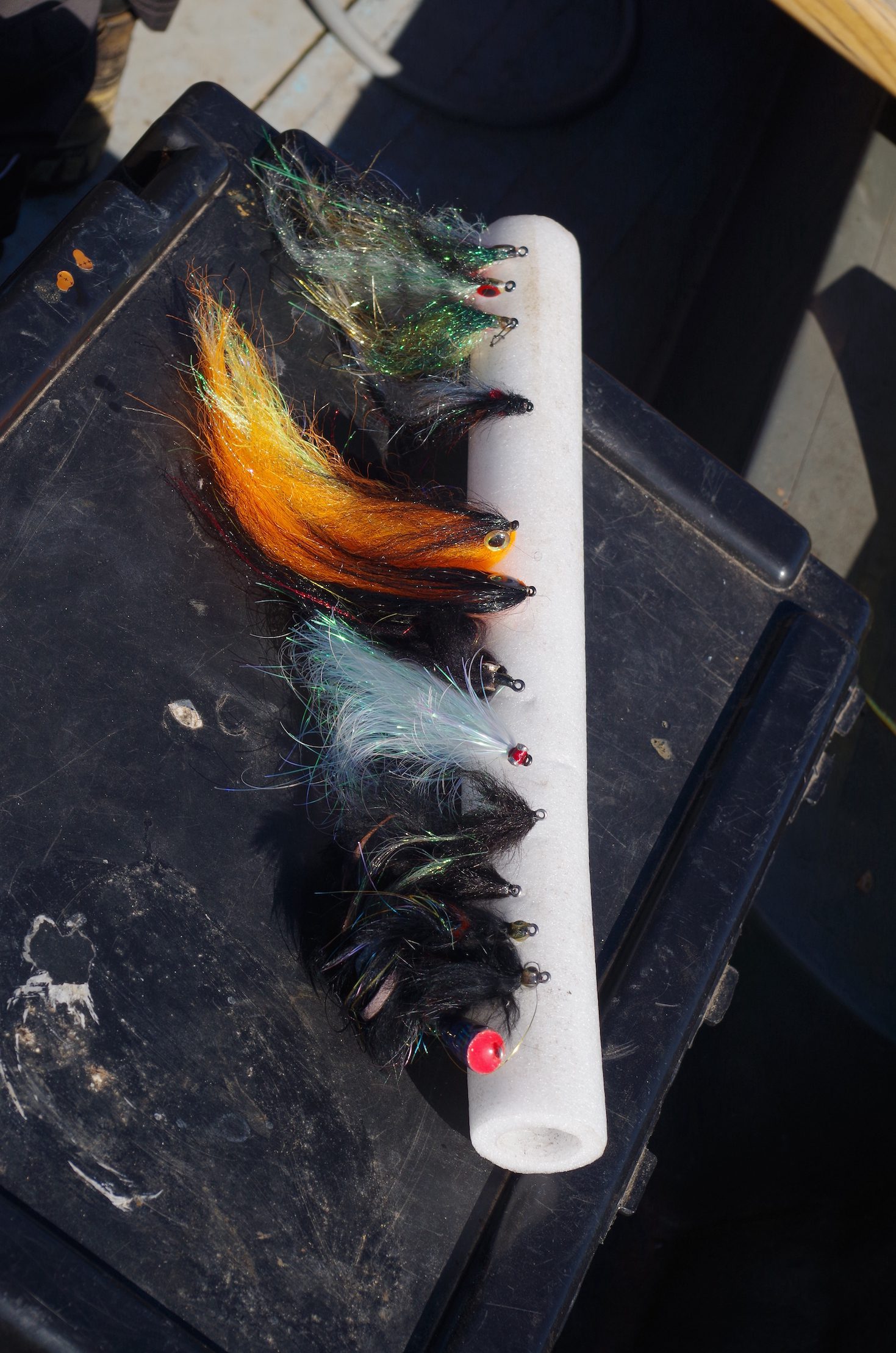
But with huge pike to target I find it difficult to stop casting big flies after bigger targets.
We fished until the light faded as the sun sank below the hills. A day full of memories, we exchanged many fish tales and laid plans for future trips.
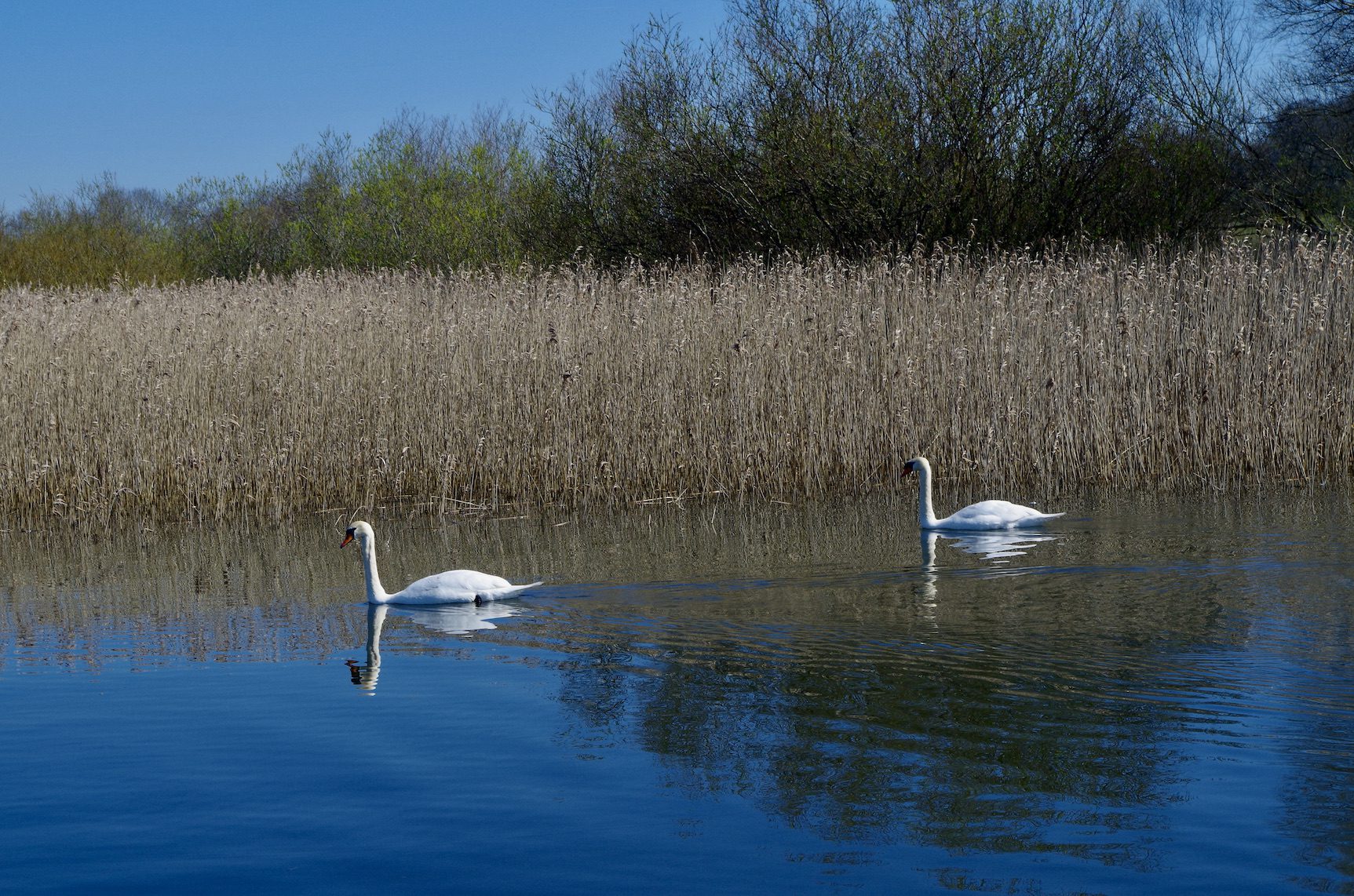
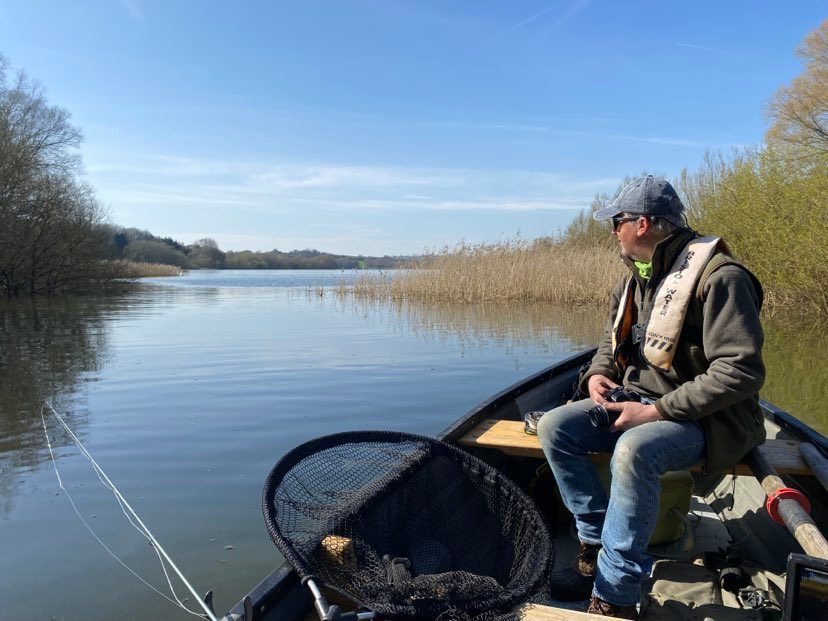
Chew is a magnet for twitchers and whilst I am no ornithologist I always enjoy hearing the birdsong and watching the many birds that haunt the lake. Grebes, swans, moorhens and coots. We caught sight of a hawk gliding over the reeds and I wasn’t sure what type it was.
We will be back later in the Spring once again.
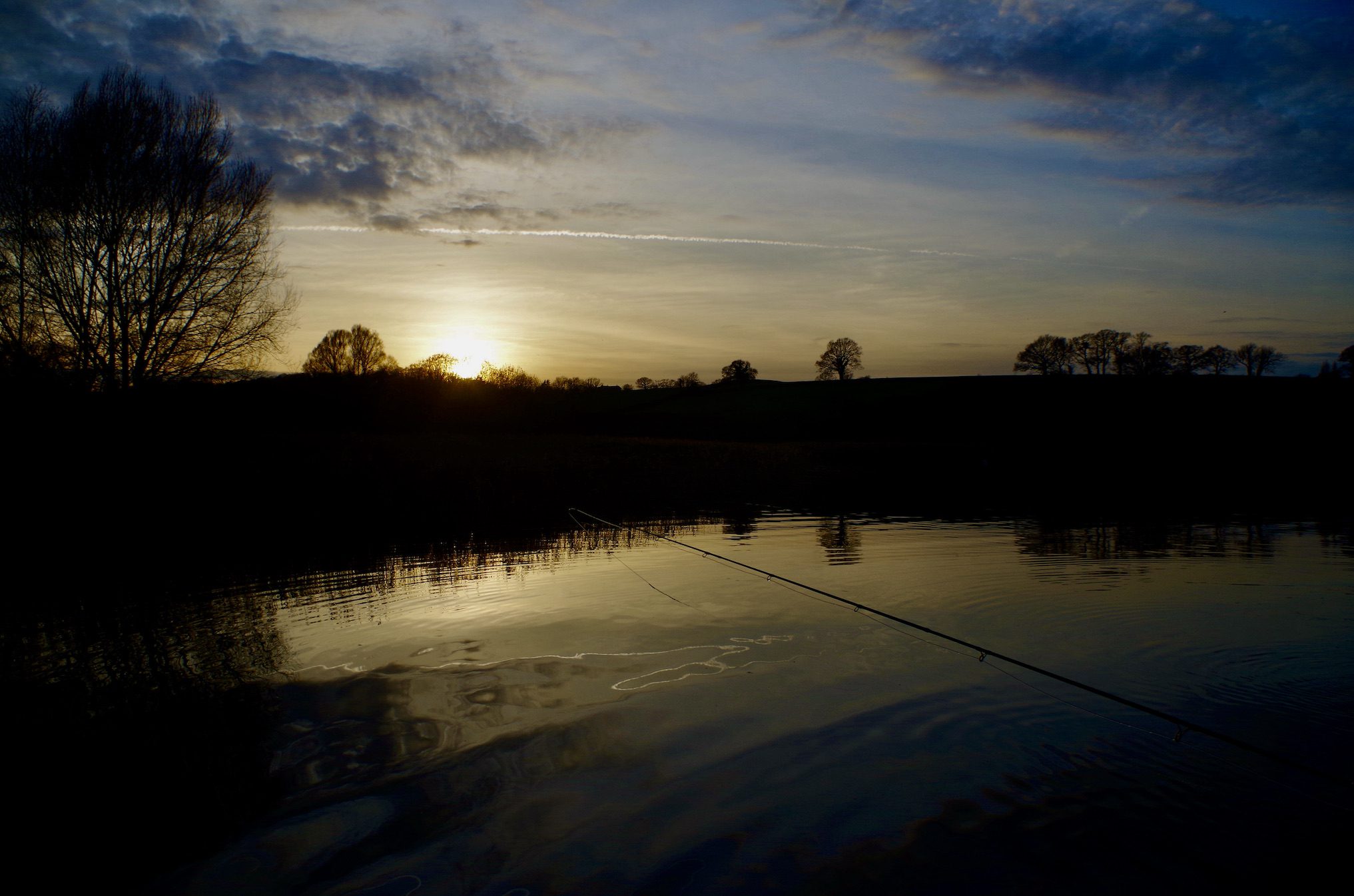

Upper Tamar lake has been hailed as a mecca for big perch anglers. I headed there full of expectation. A couple of pots of juicy lobworms from Quay Sports a bag of raw prawns and a bucket full of ground bait mixed with mole hill soil. I had been given a tip on a productive swim and arrived at the lake shortly after 8:00am.
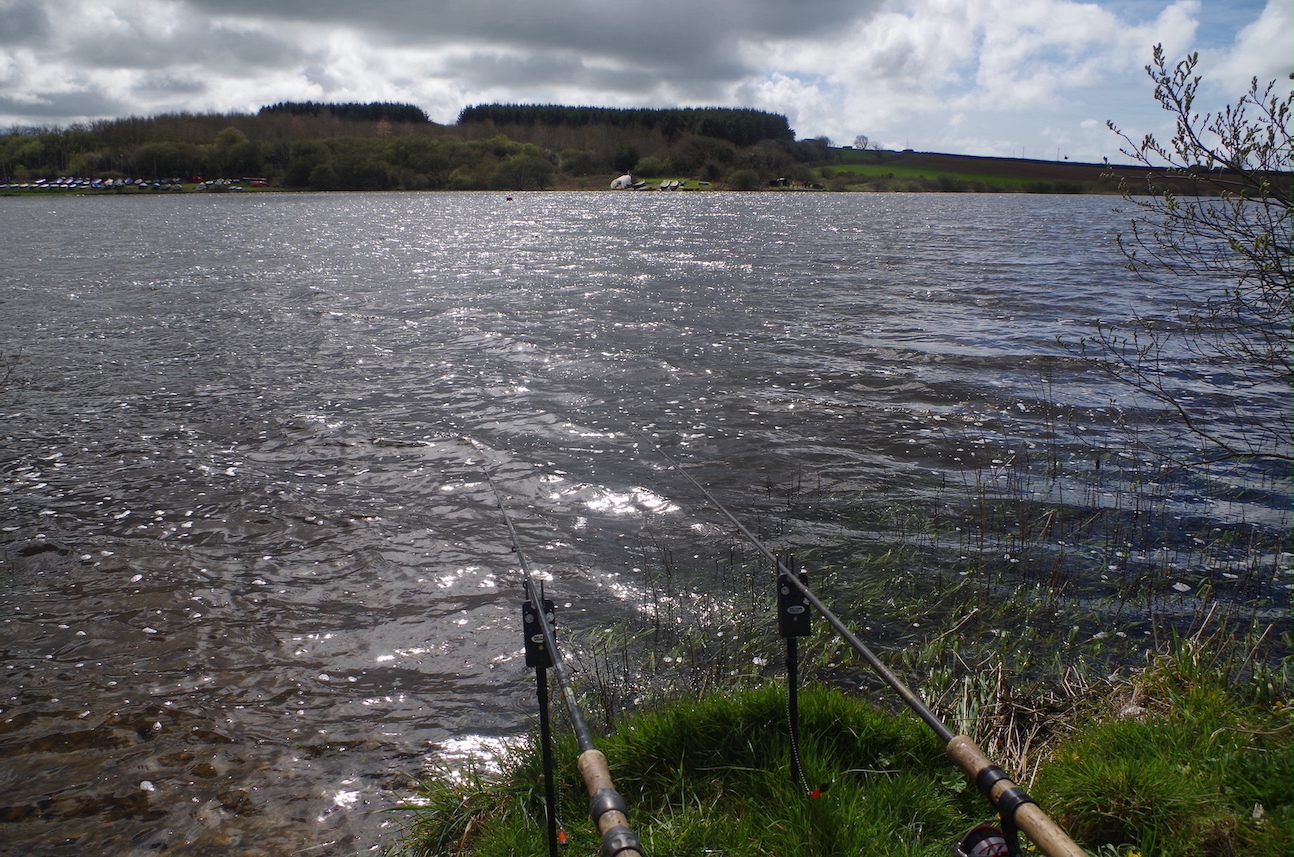 It was the day after Storm Noa and the wind had dropped but it was still a tad breezy and cool. Bright sunshine and a cool North West Wind. I was well wrapped up and relished the early signs of spring. It was good to see swallows and martins swooping low over the water.
It was the day after Storm Noa and the wind had dropped but it was still a tad breezy and cool. Bright sunshine and a cool North West Wind. I was well wrapped up and relished the early signs of spring. It was good to see swallows and martins swooping low over the water.
The bobbins remained stubbornly static throughout the first couple of hours. Eventually I started to get a few twitchy bites on the lobworm baits. As the day drifted past I eventually caught a few tiny perch on lobworm and one on the prawn. A brown trout of around 8oz and a single roach. The fish would have thrilled me fifty years ago as a young angler but with age comes expectation.
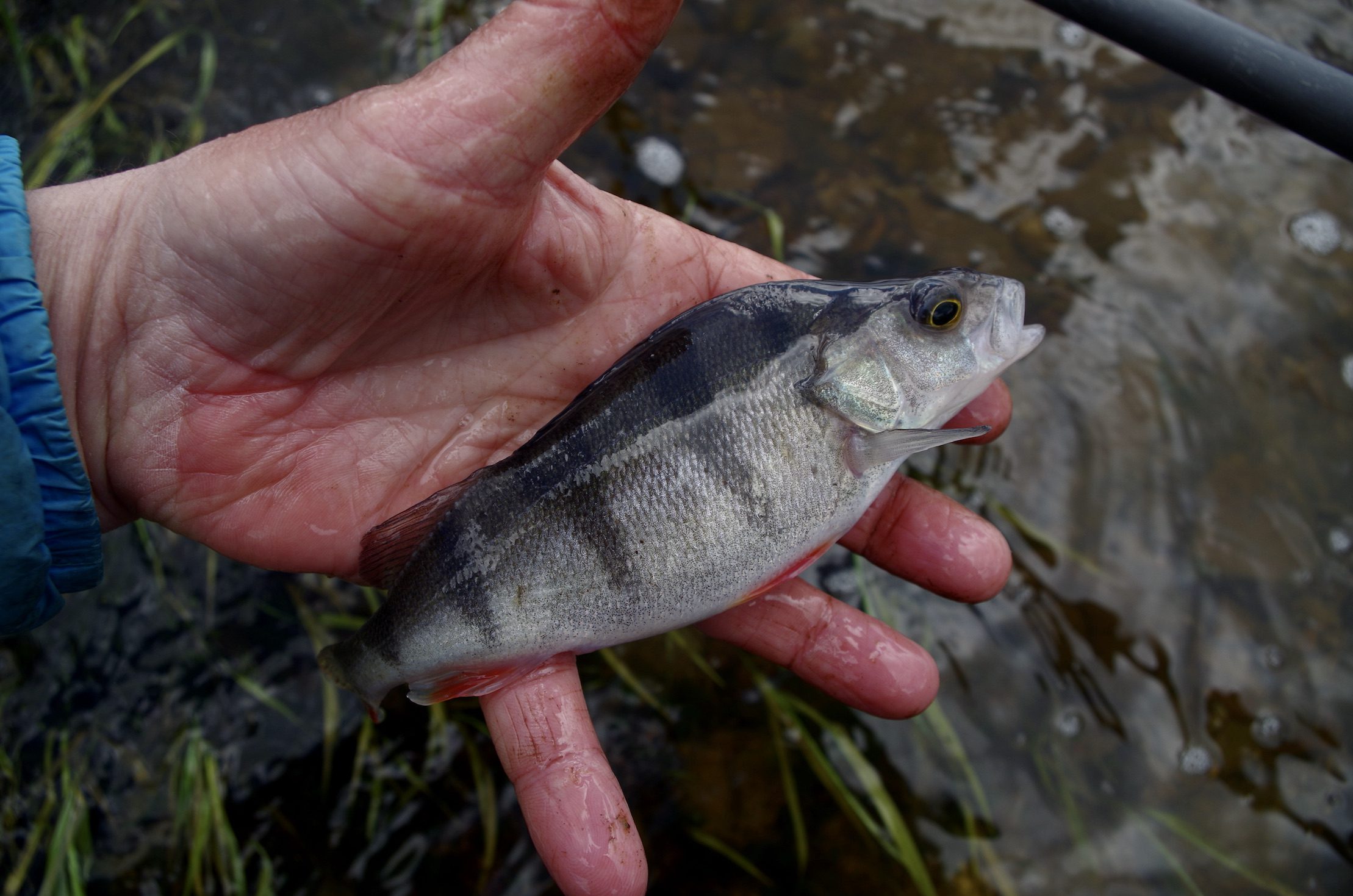
As the light faded from another day I headed for home pondering my lack of success and looking forward to the next trip.
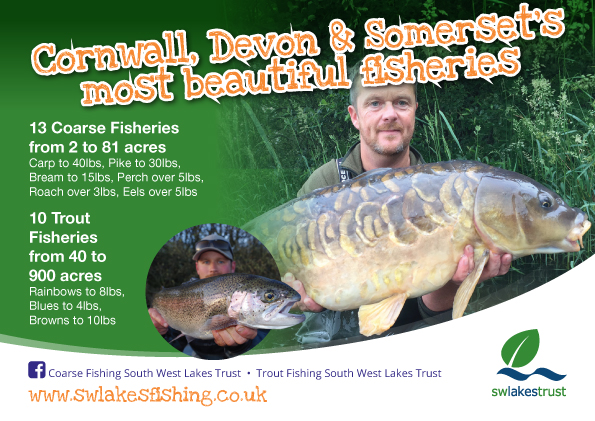
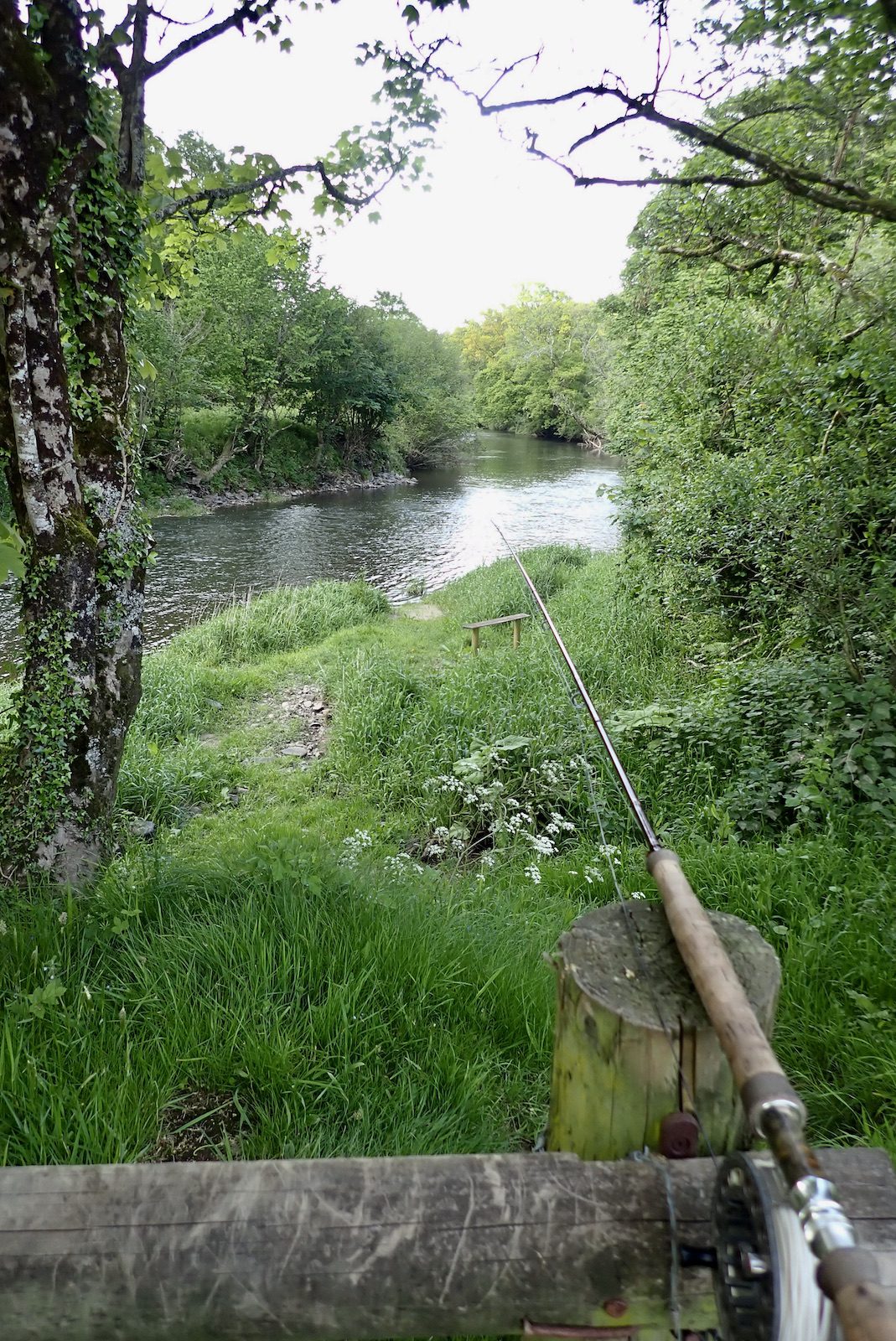
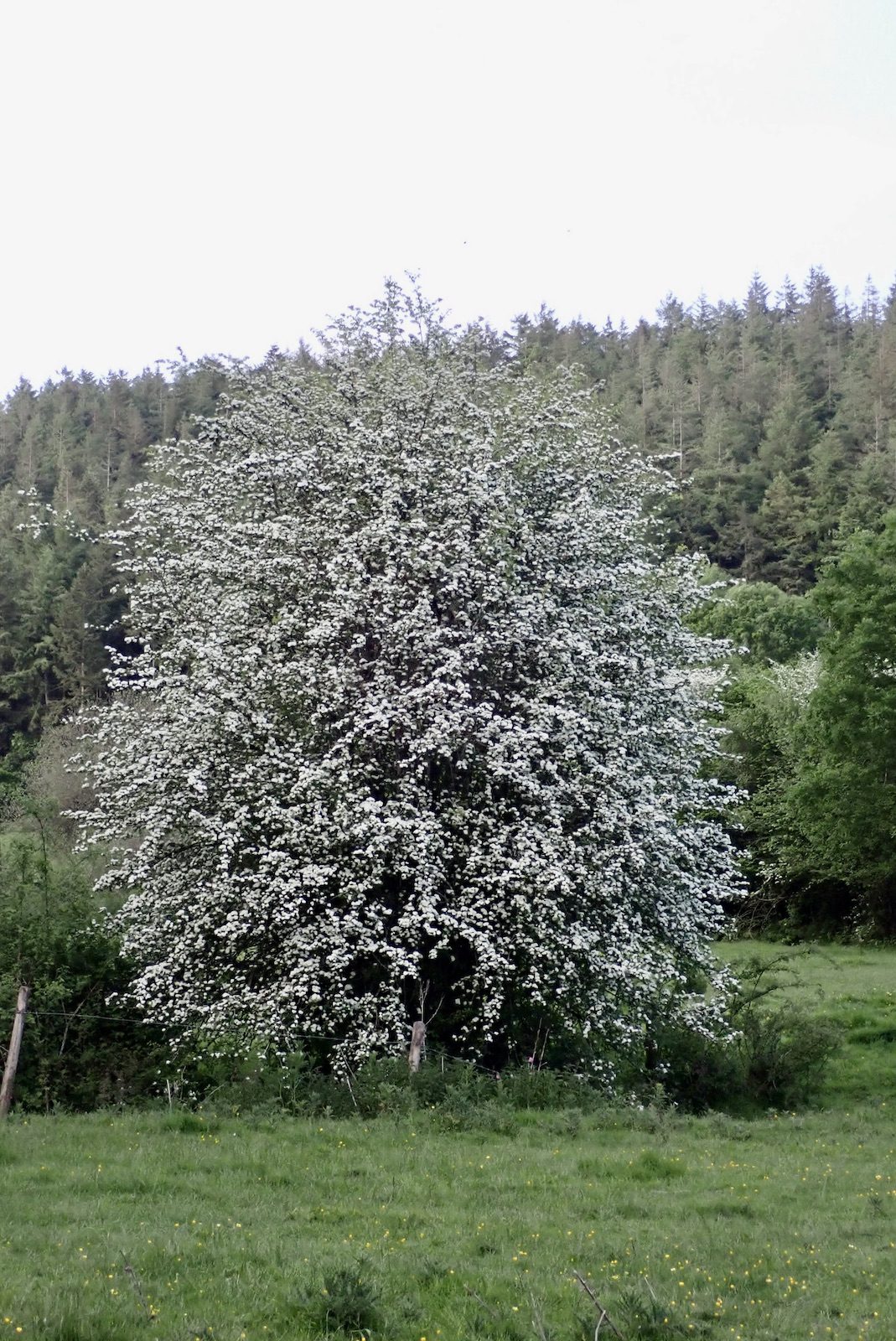
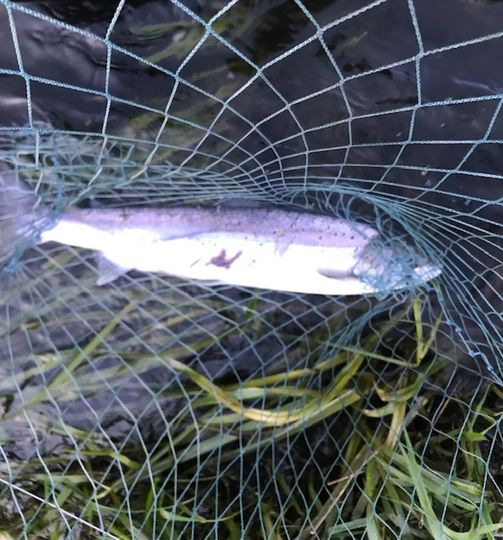
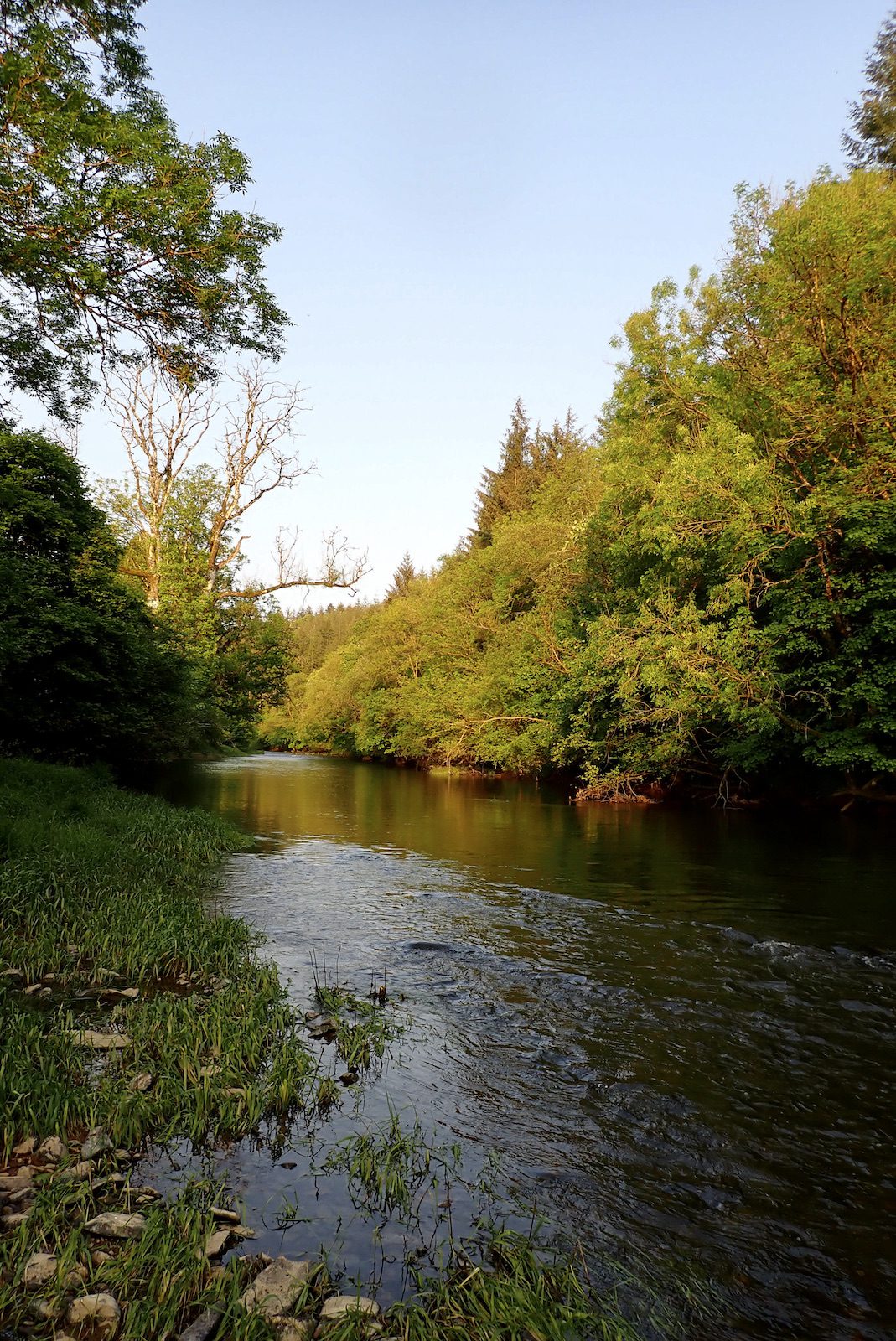
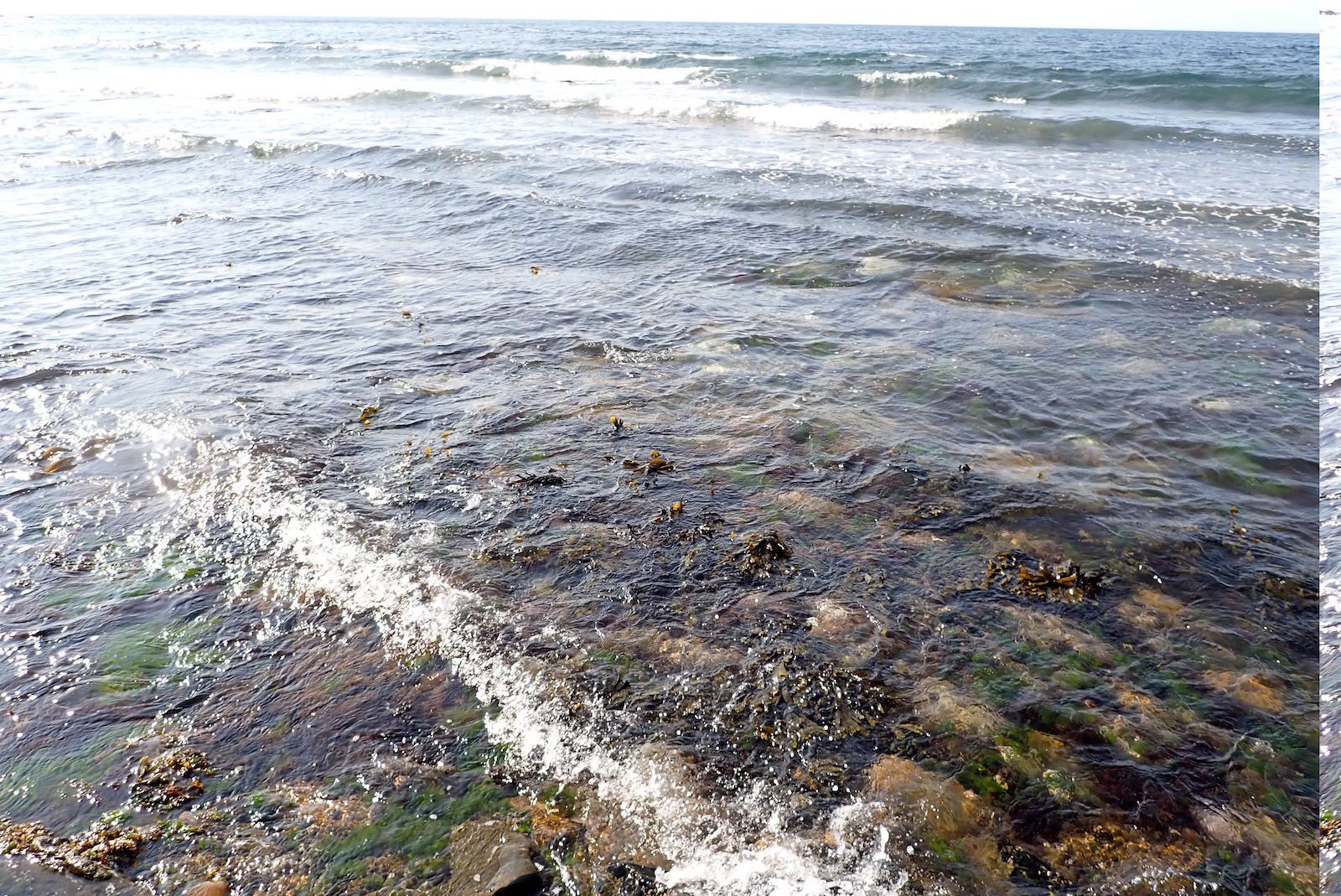
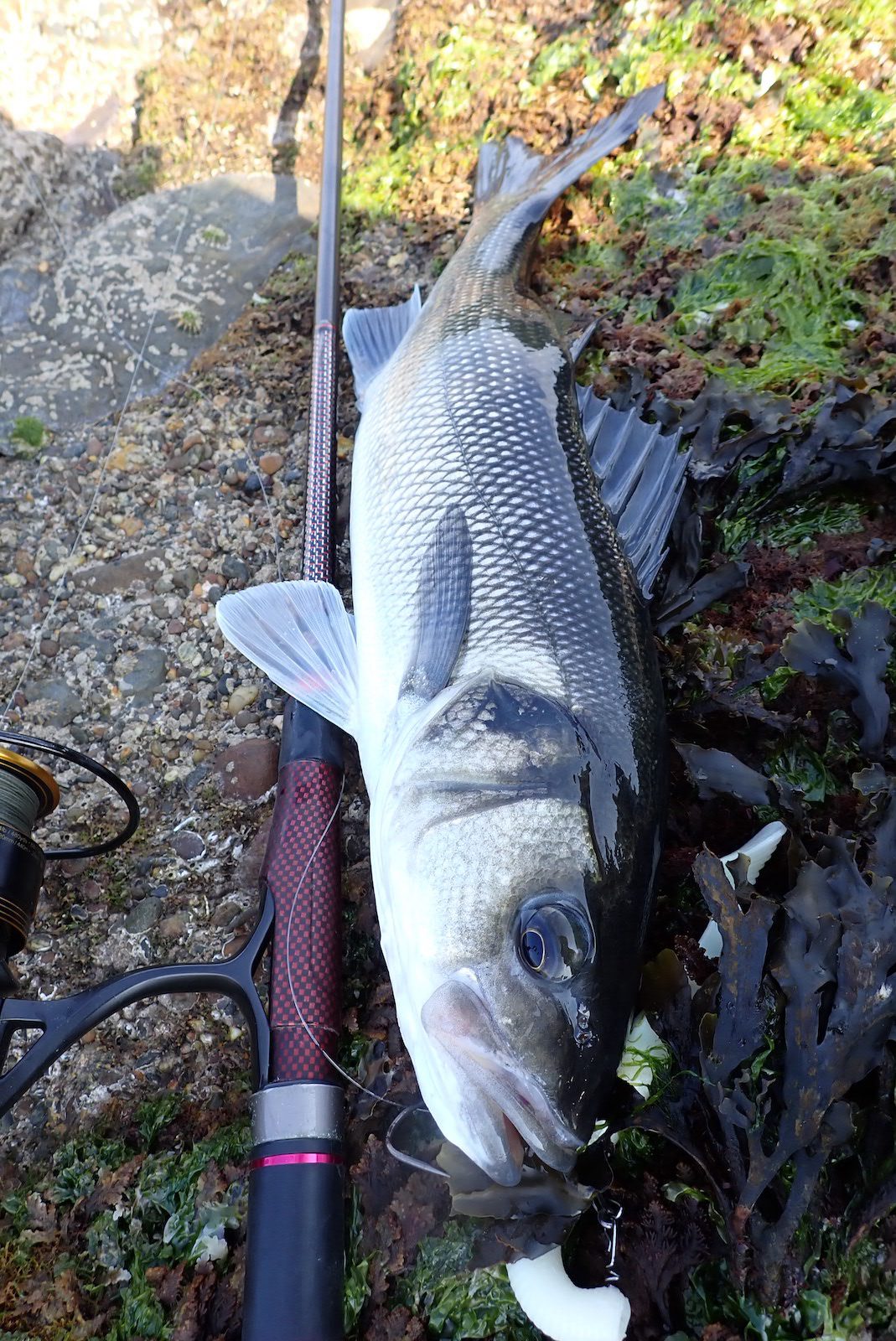



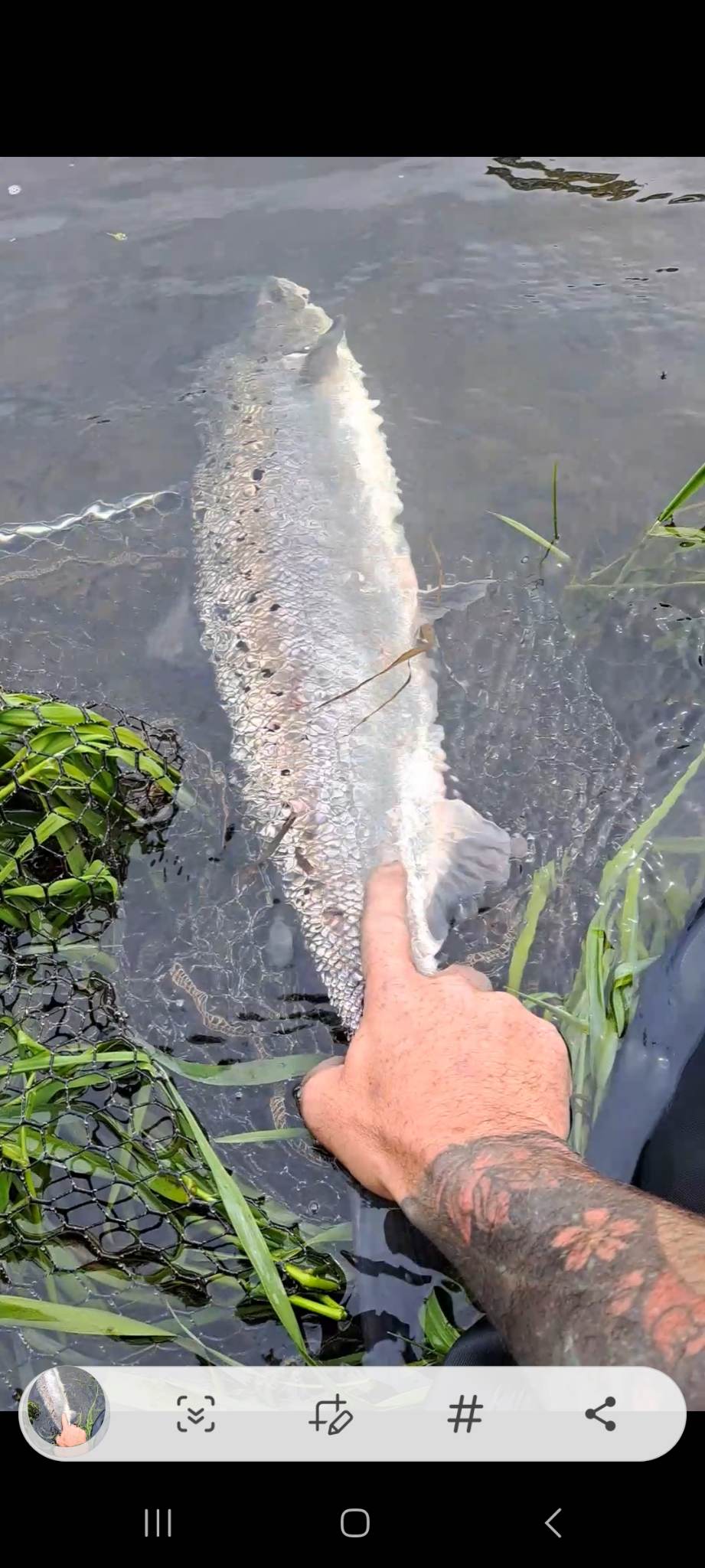
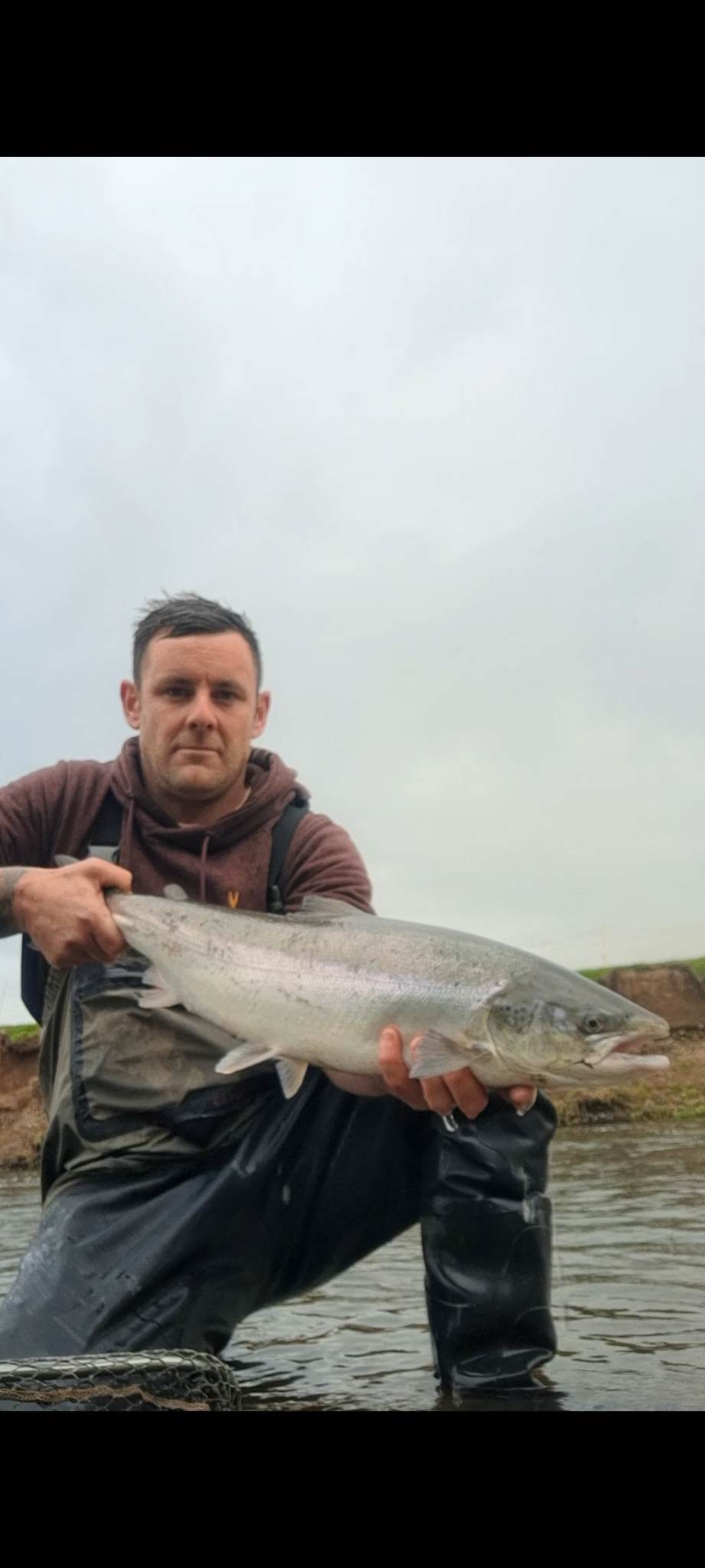
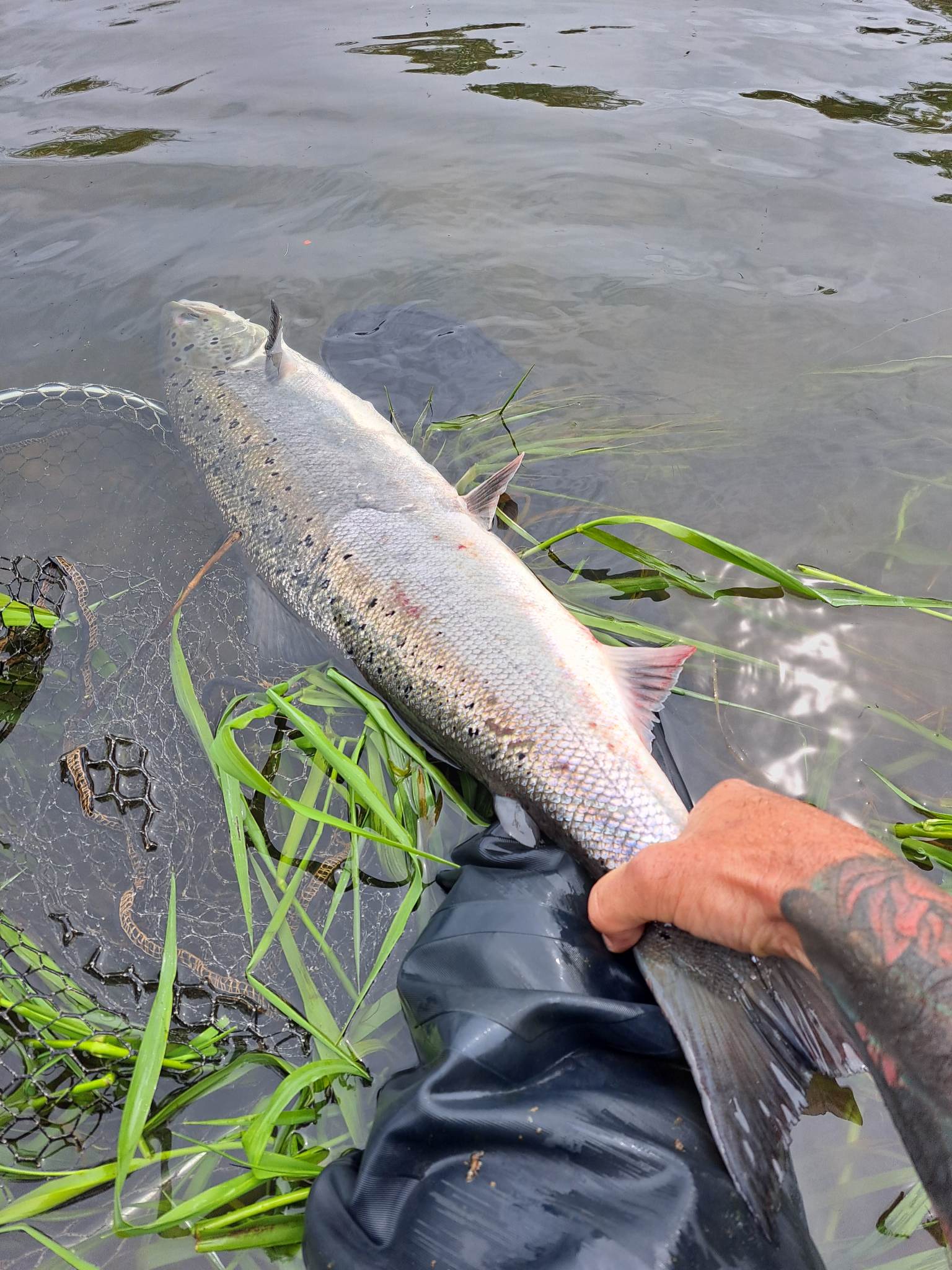
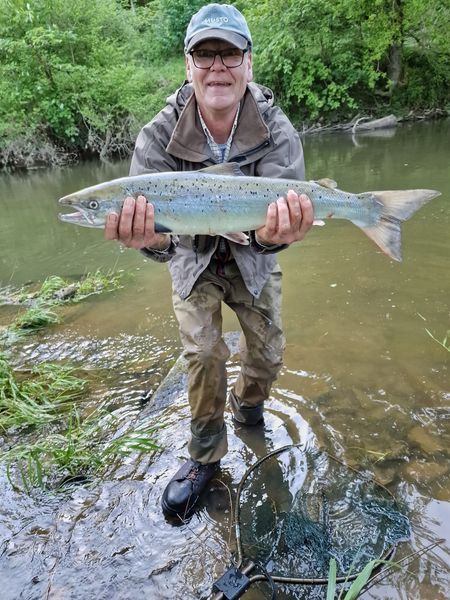
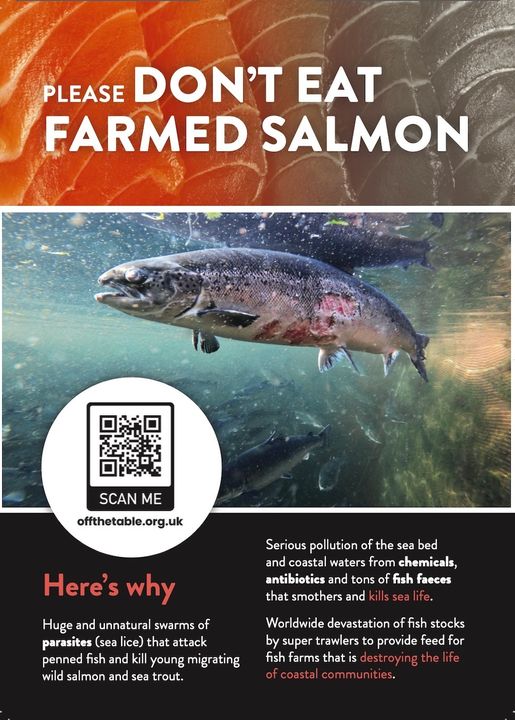
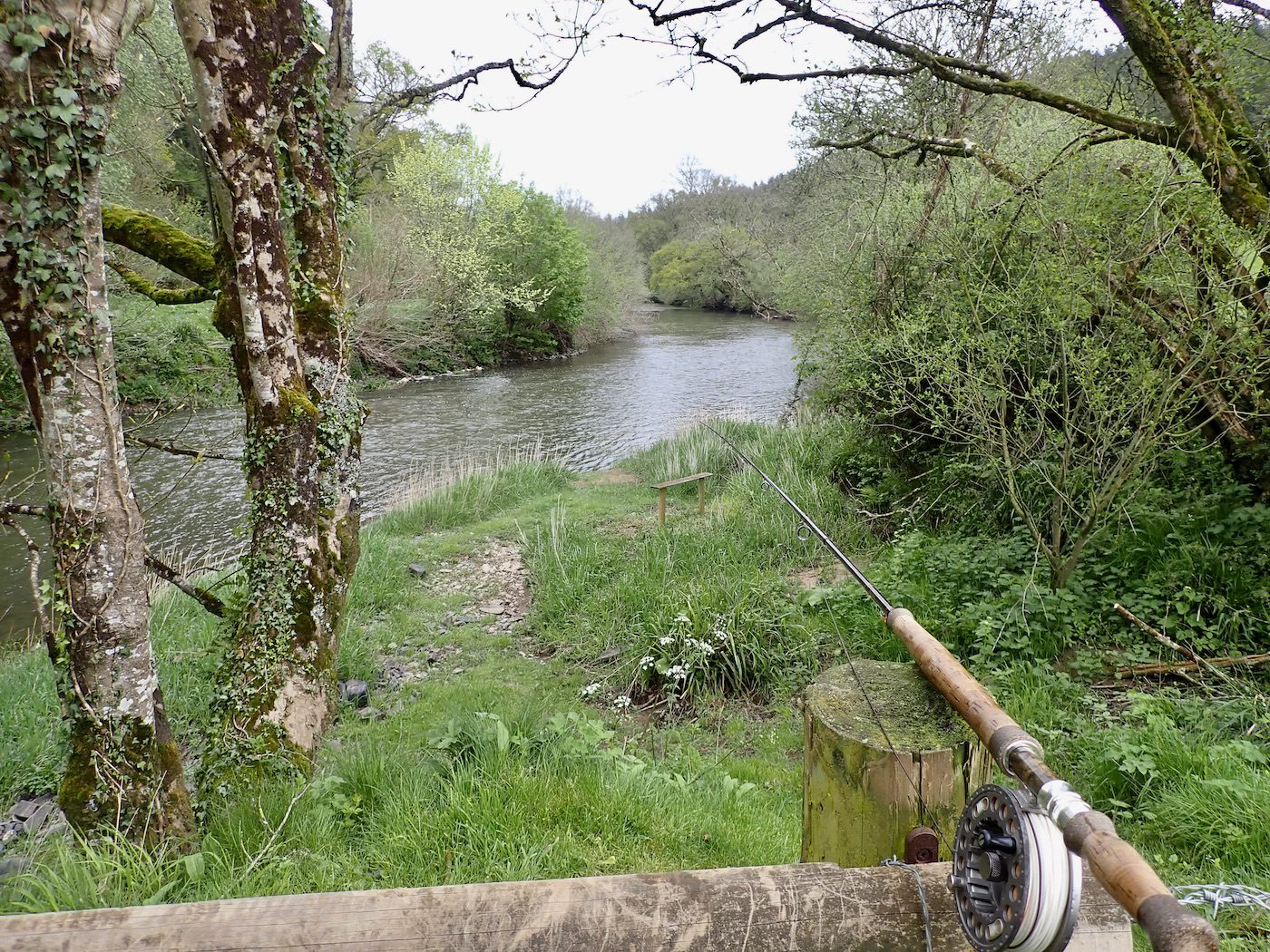
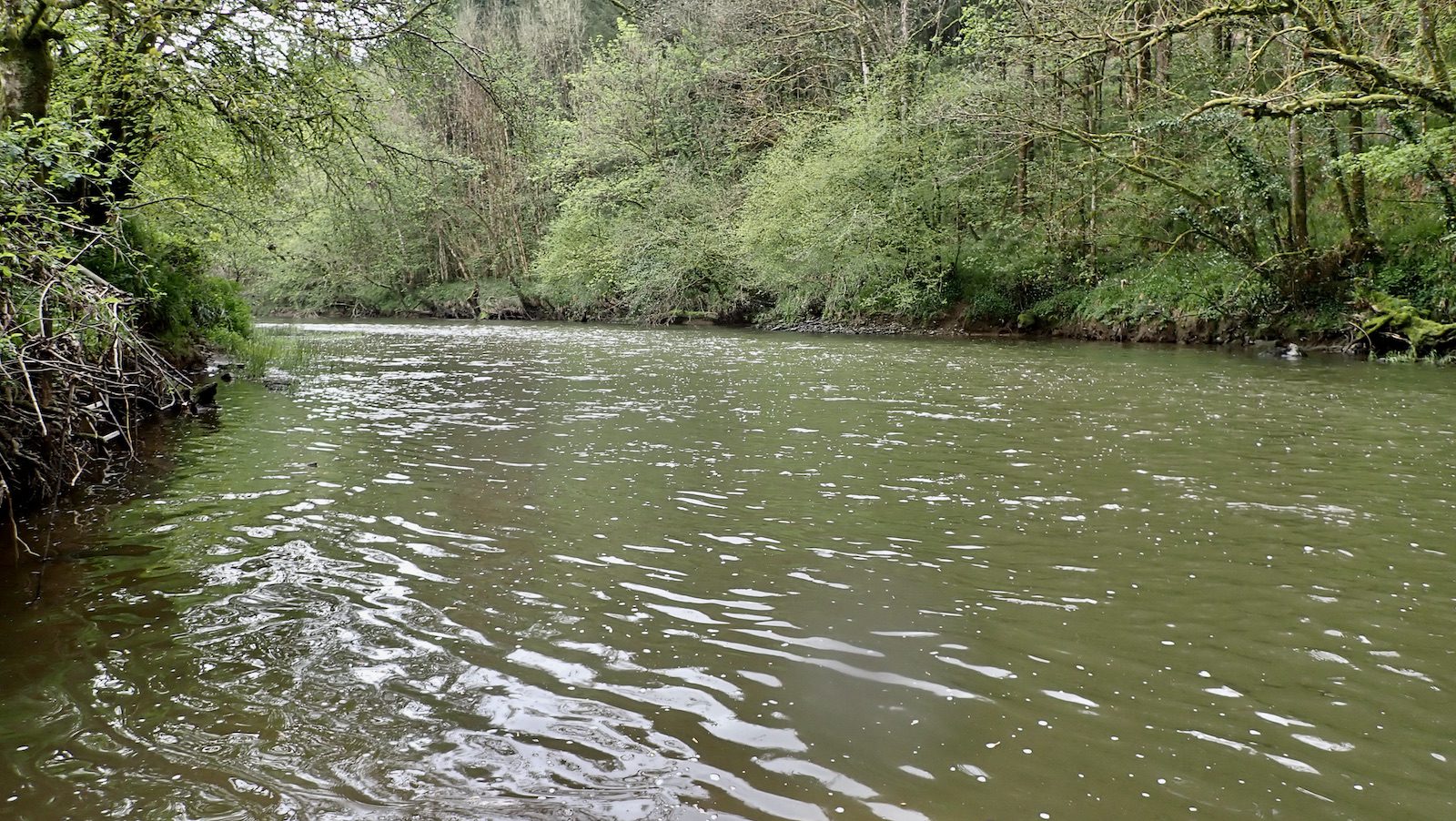
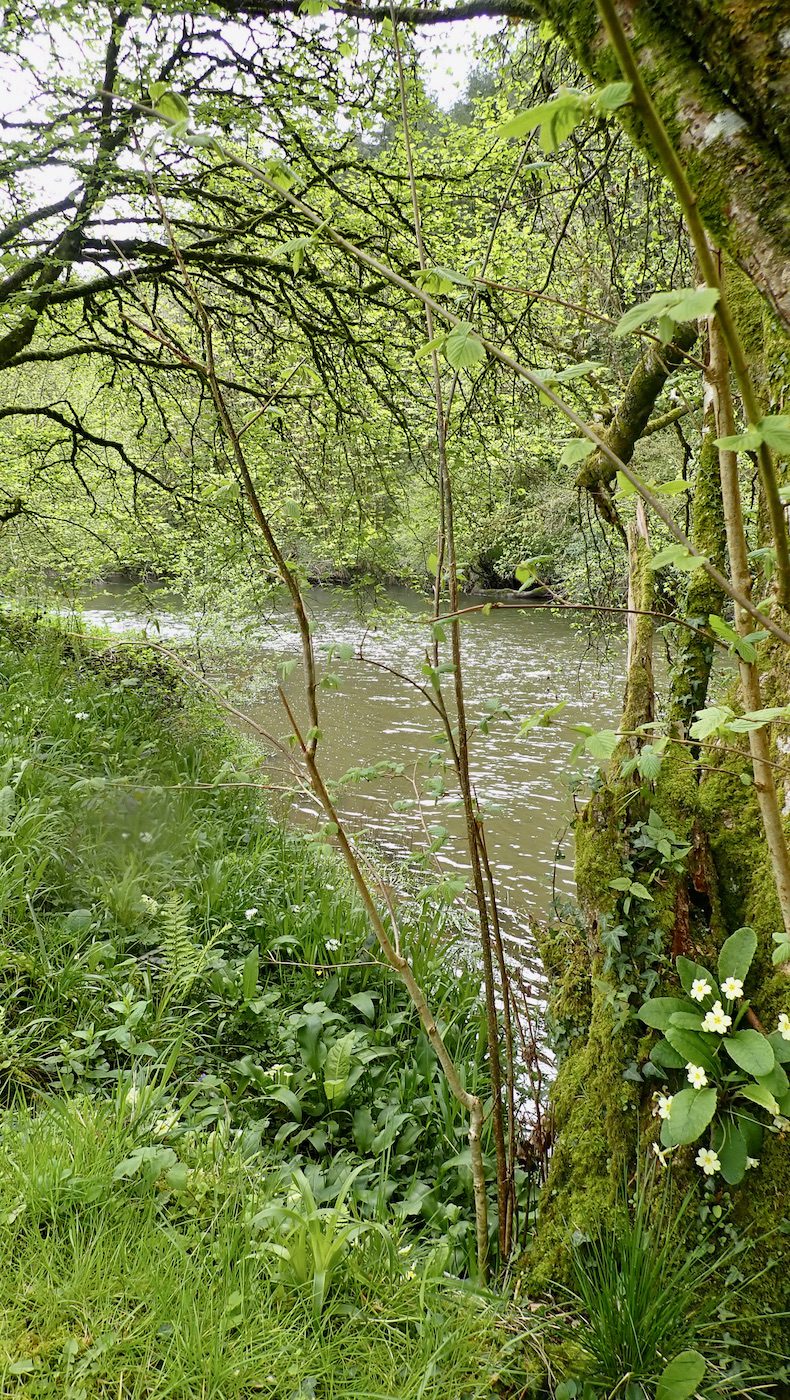
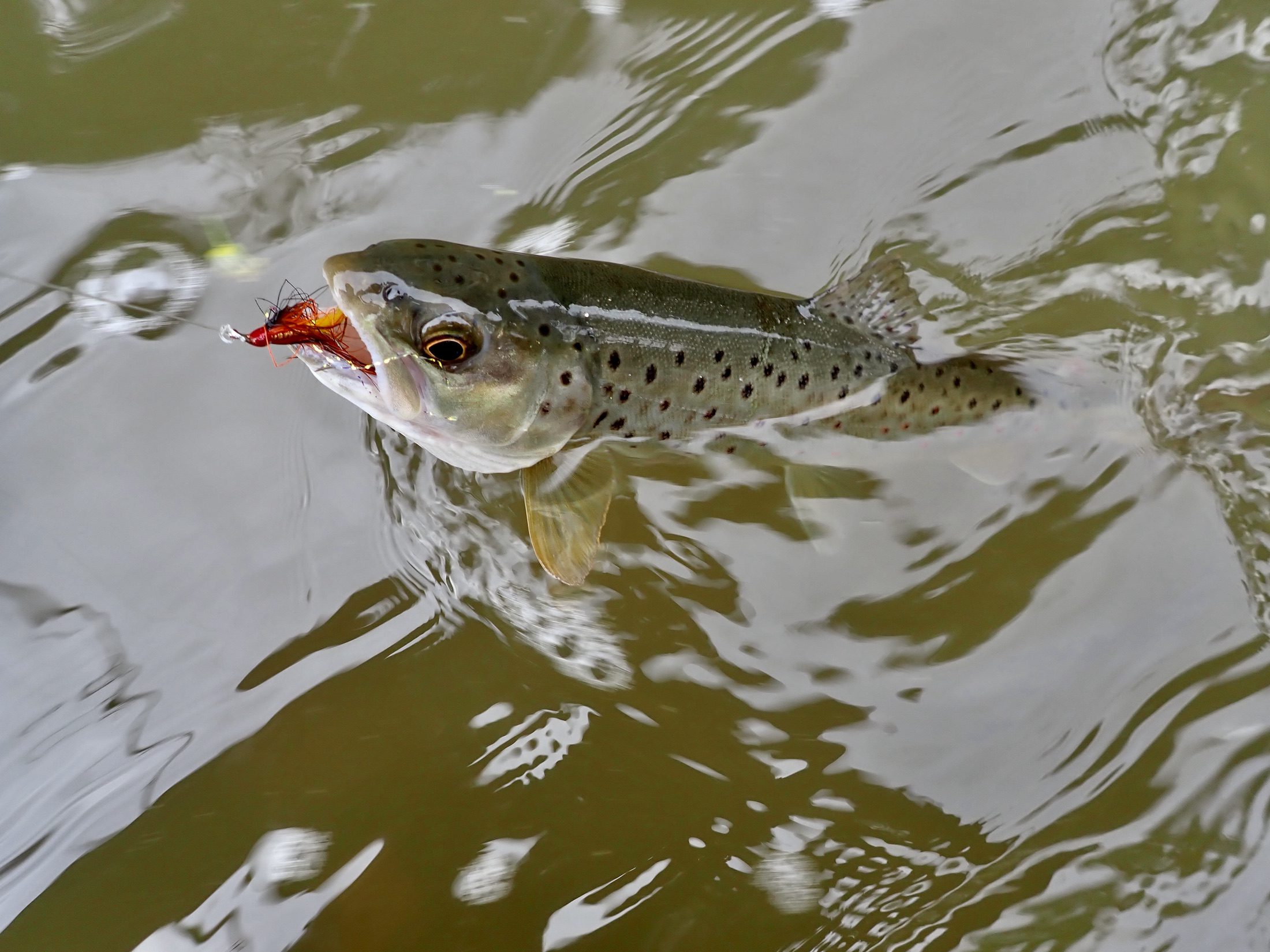

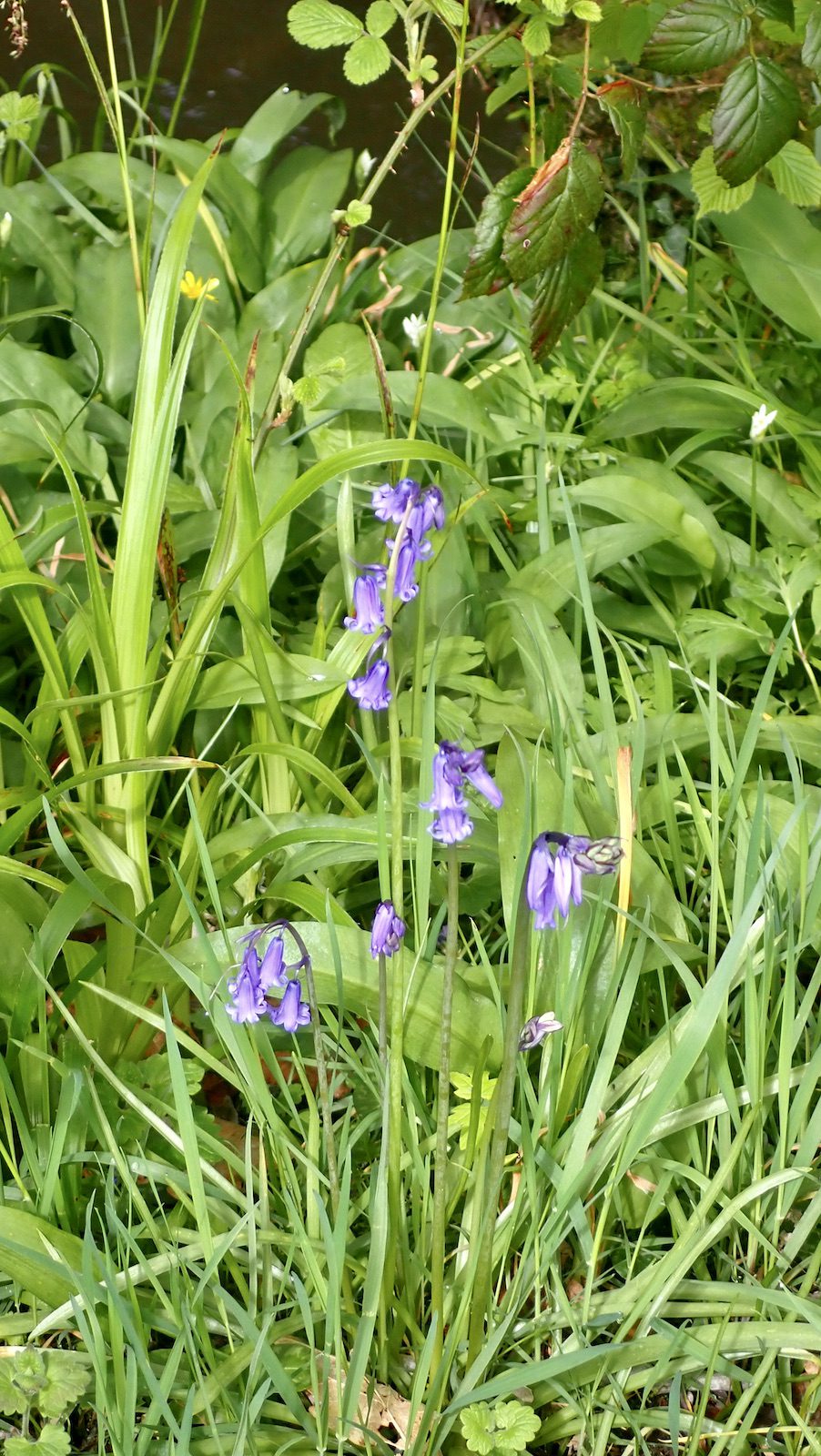
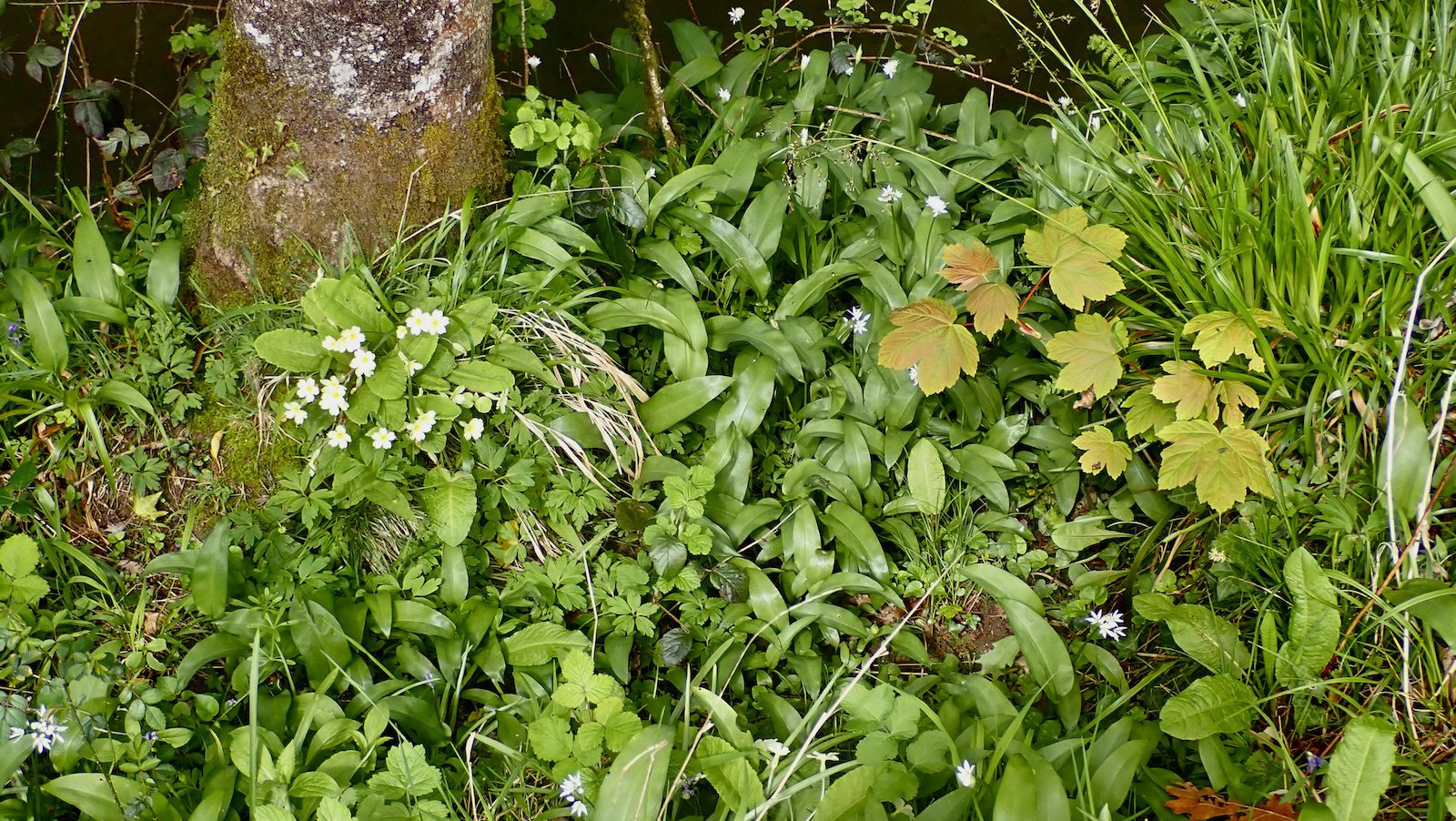

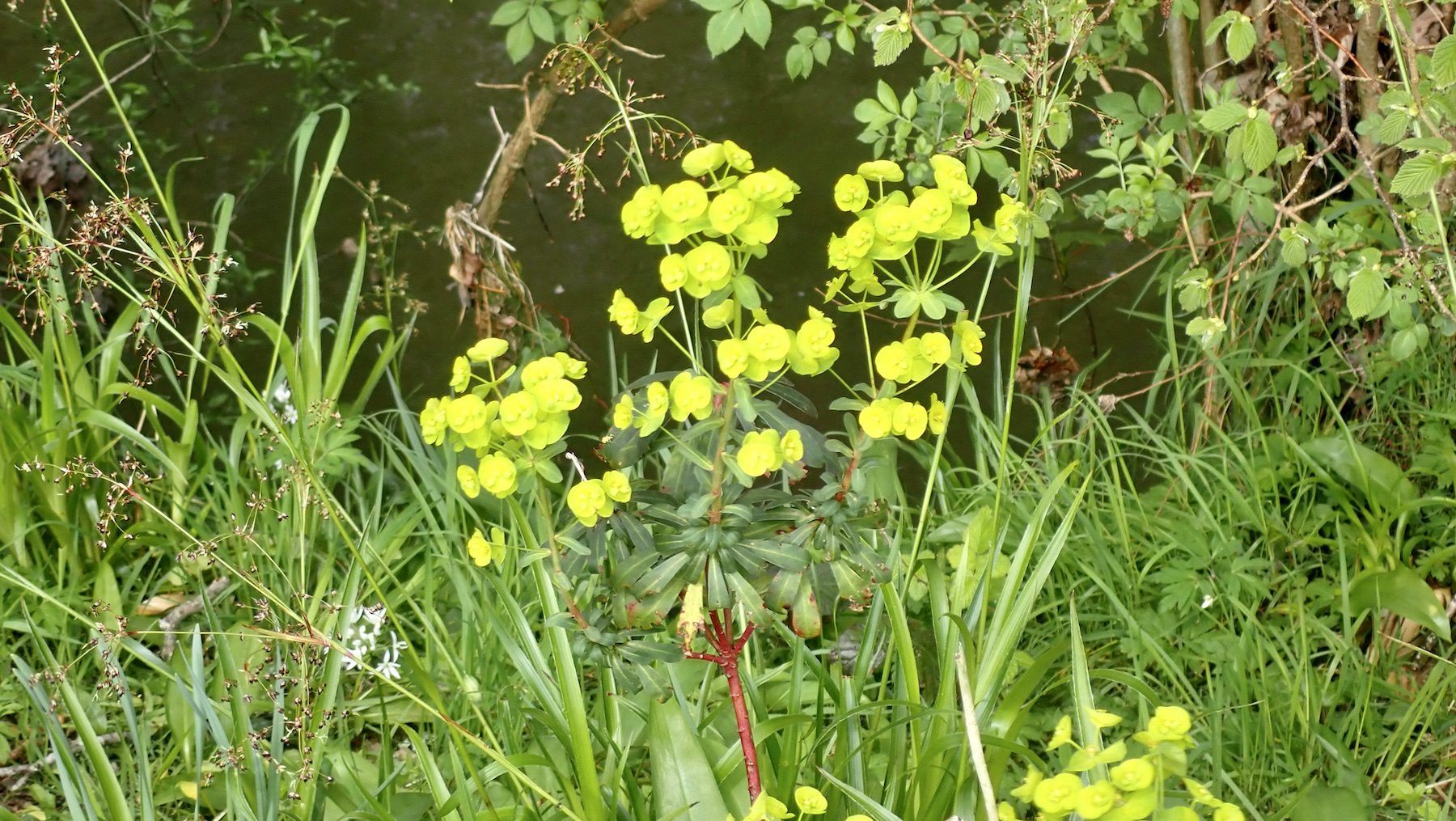
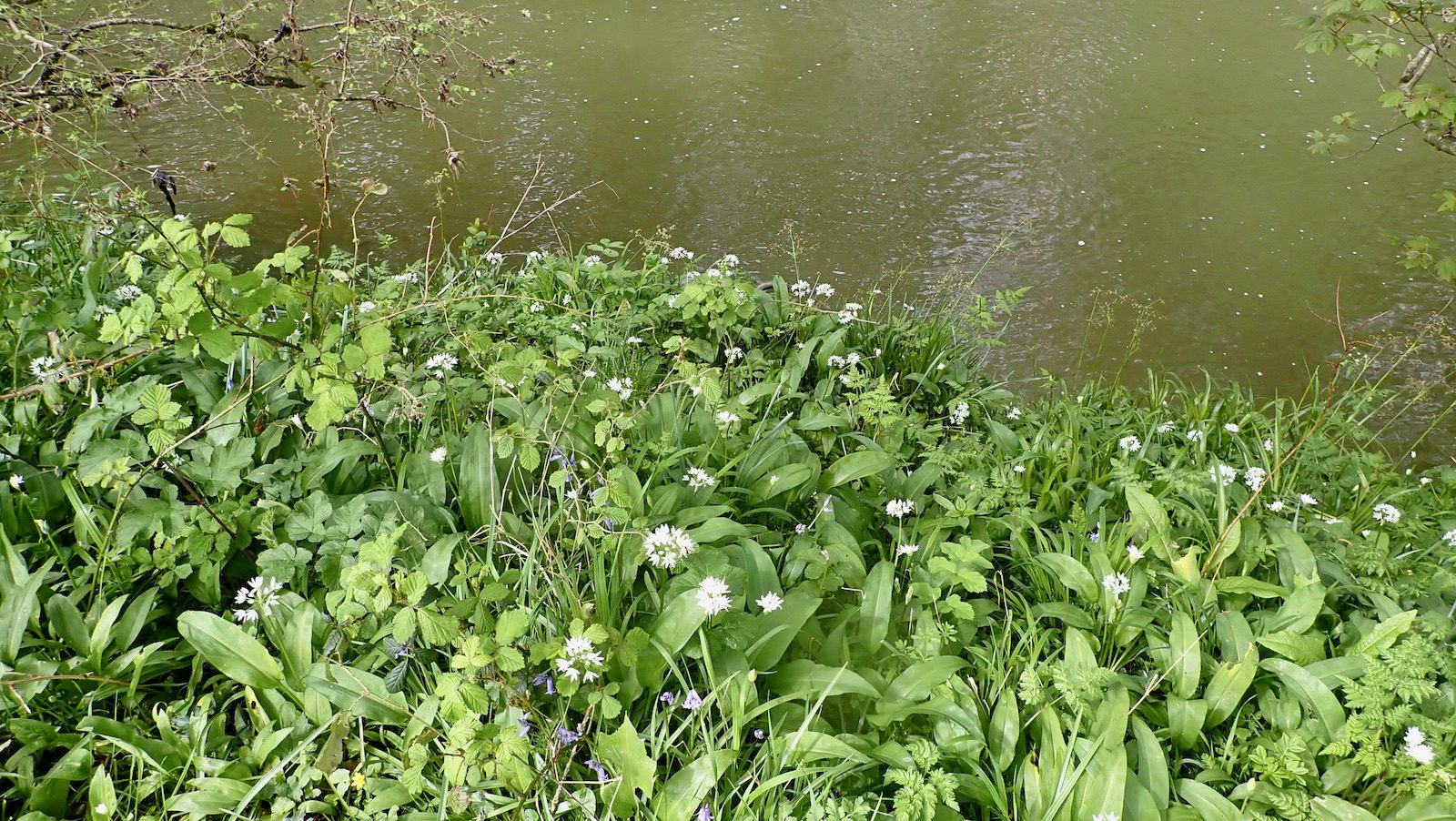
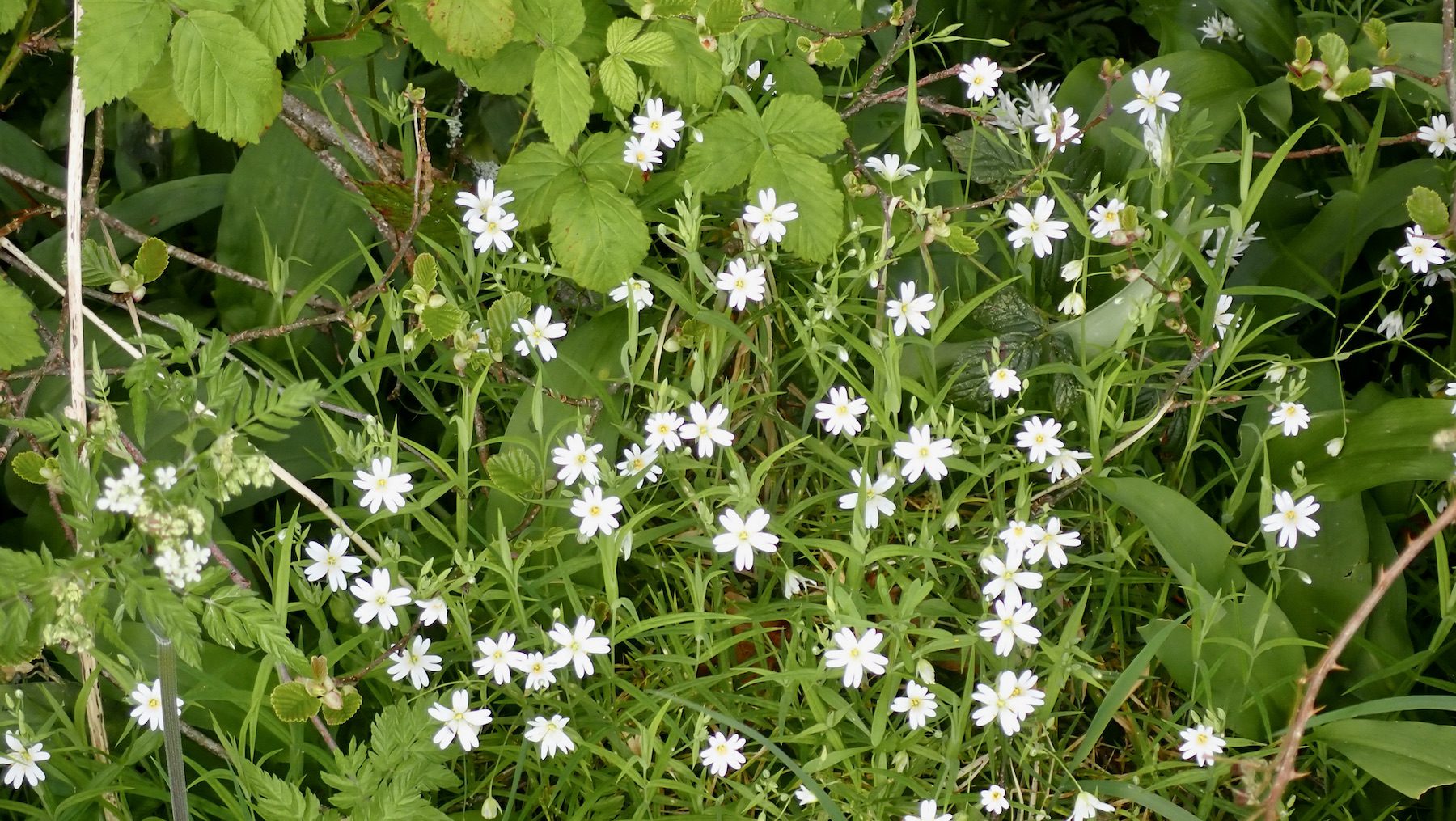
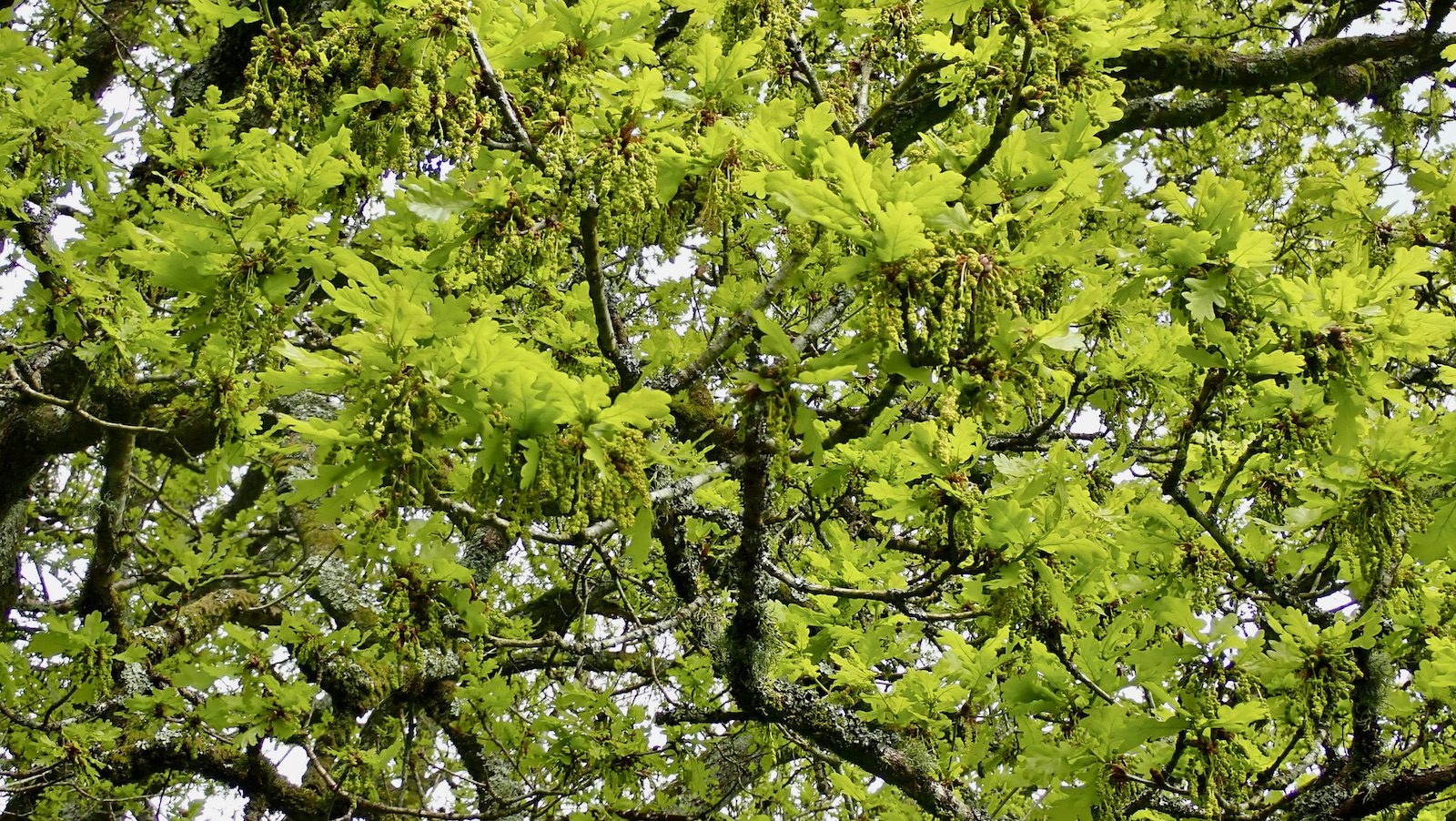
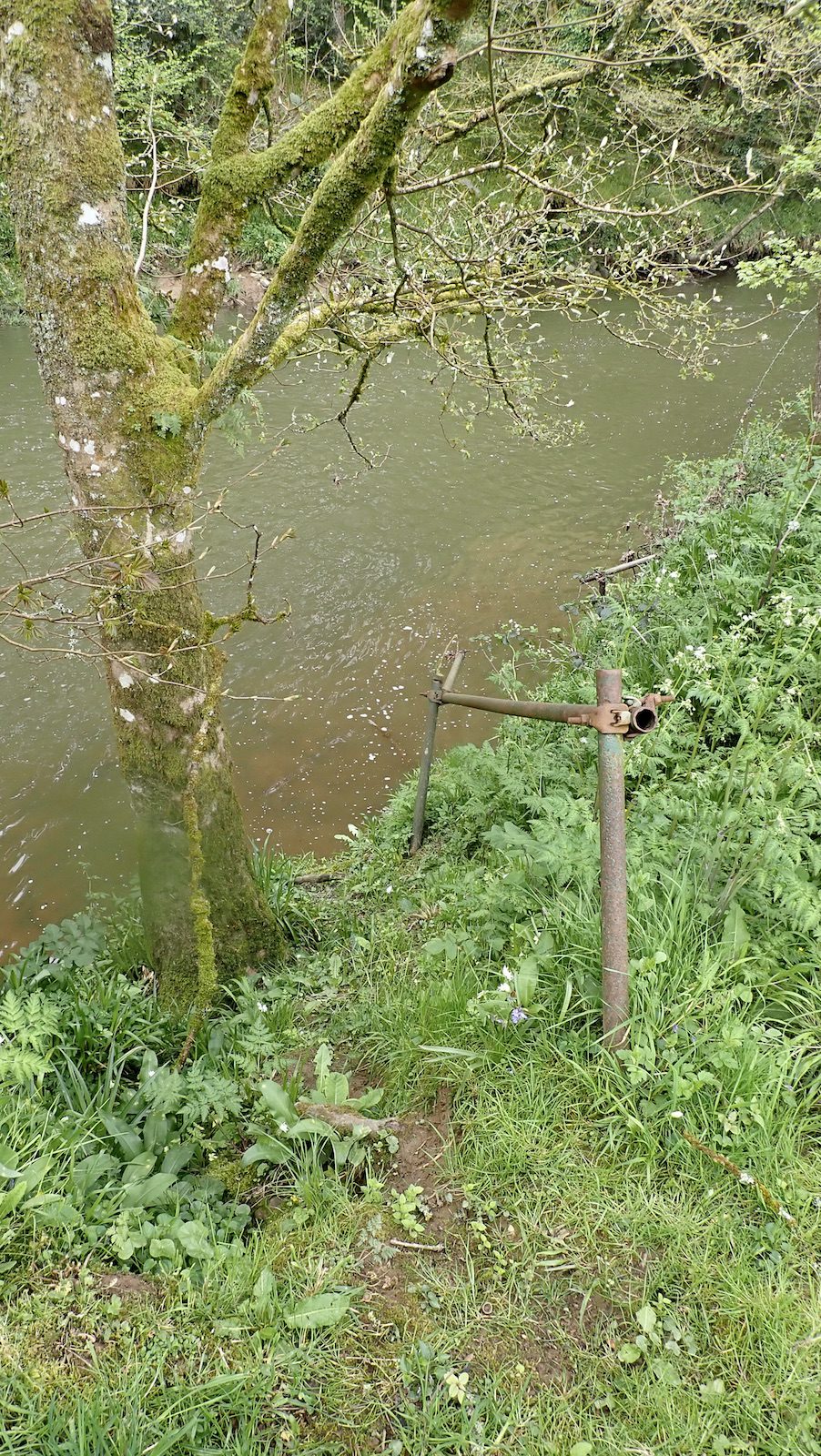
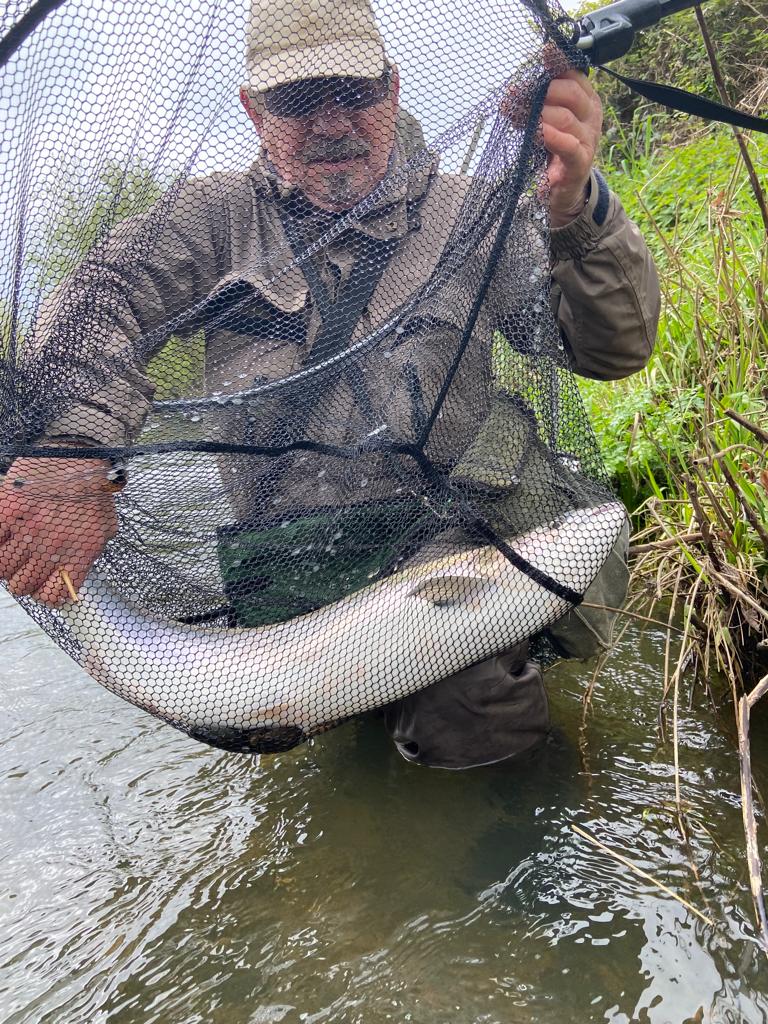
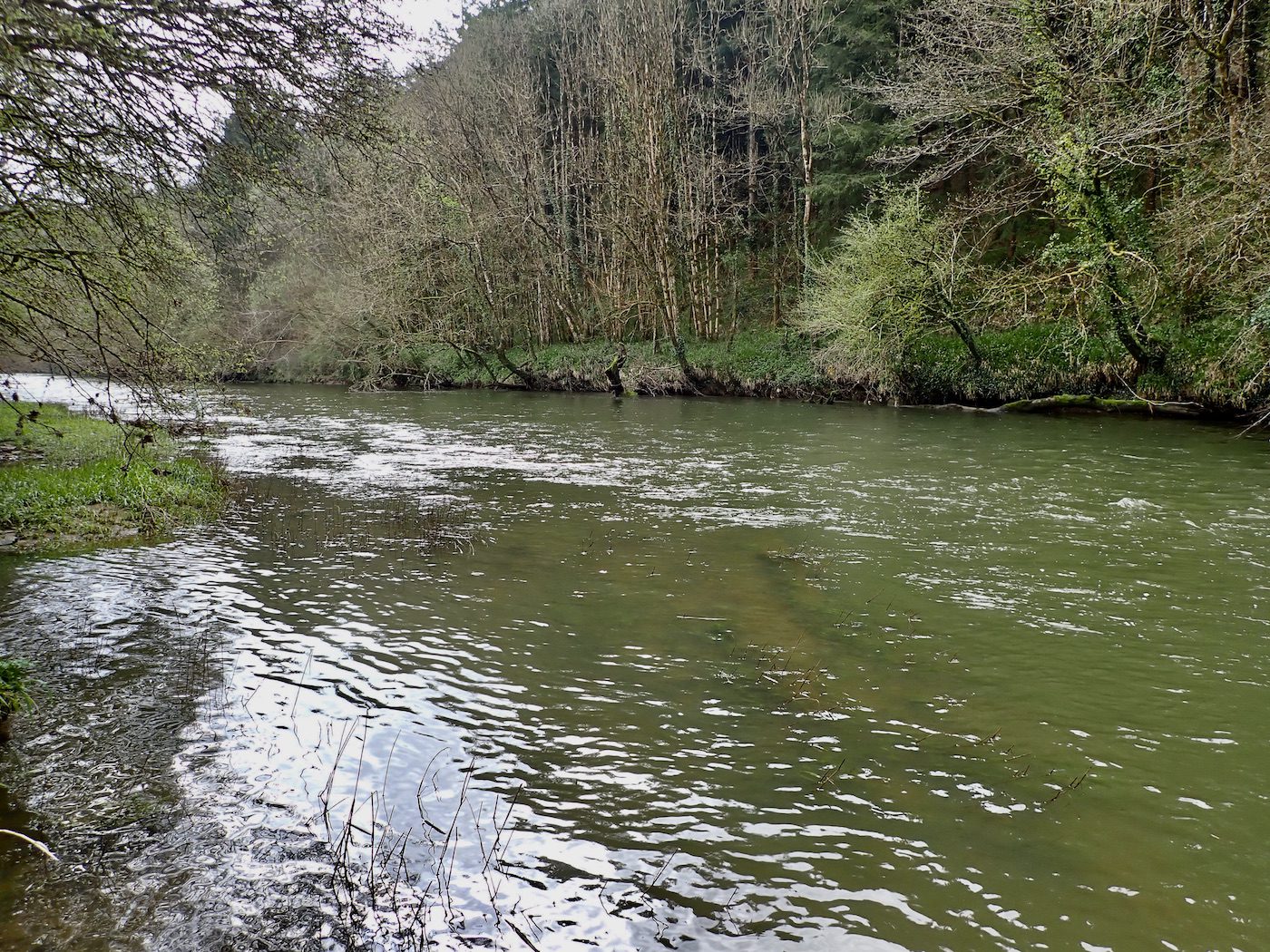
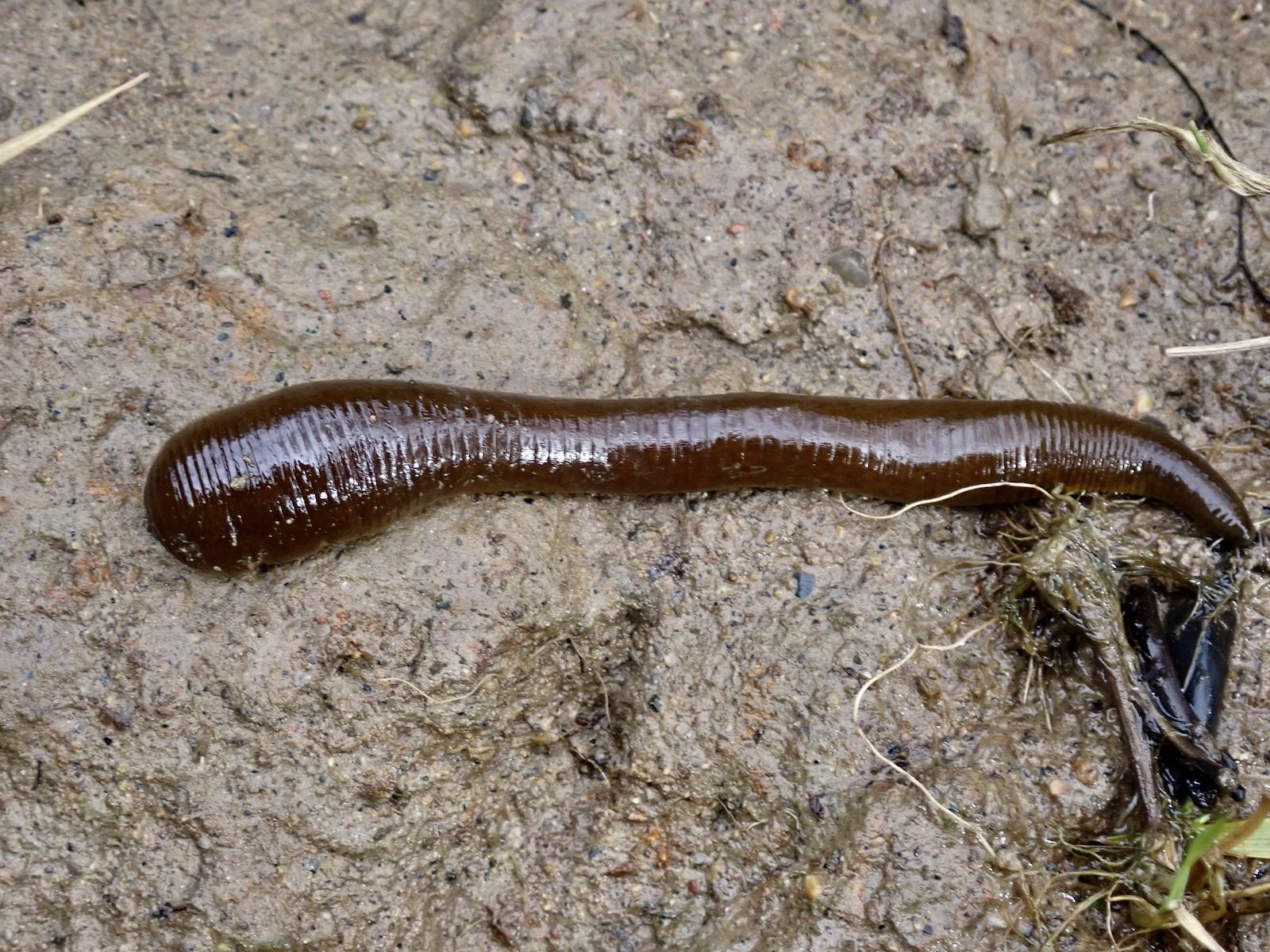
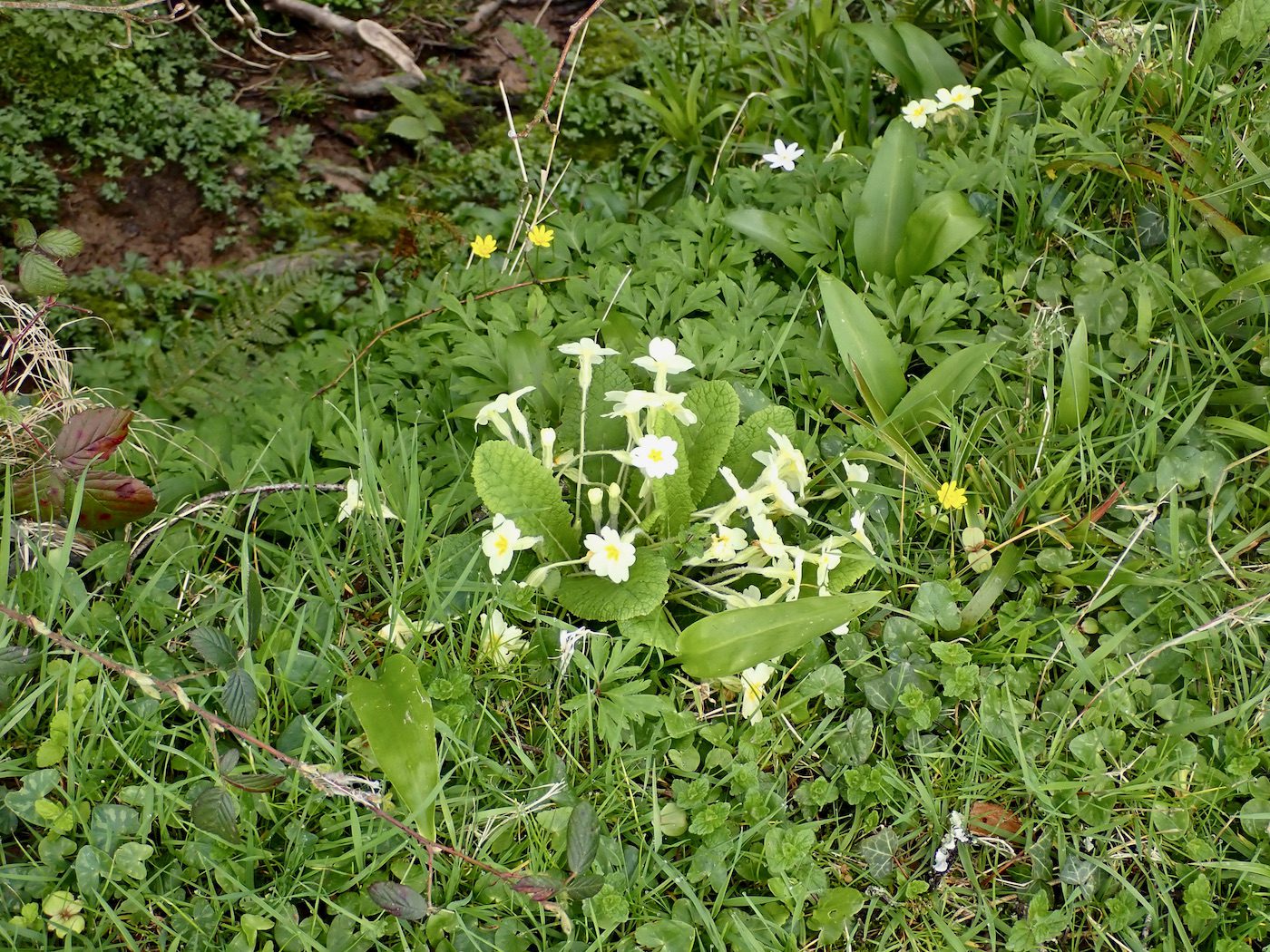










 It was the day after Storm Noa and the wind had dropped but it was still a tad breezy and cool. Bright sunshine and a cool North West Wind. I was well wrapped up and relished the early signs of spring. It was good to see swallows and martins swooping low over the water.
It was the day after Storm Noa and the wind had dropped but it was still a tad breezy and cool. Bright sunshine and a cool North West Wind. I was well wrapped up and relished the early signs of spring. It was good to see swallows and martins swooping low over the water.

